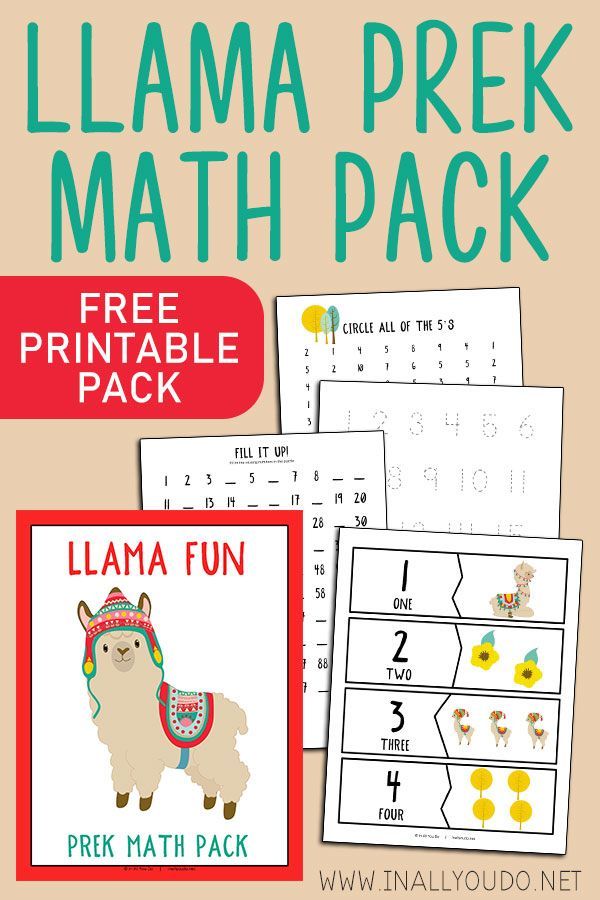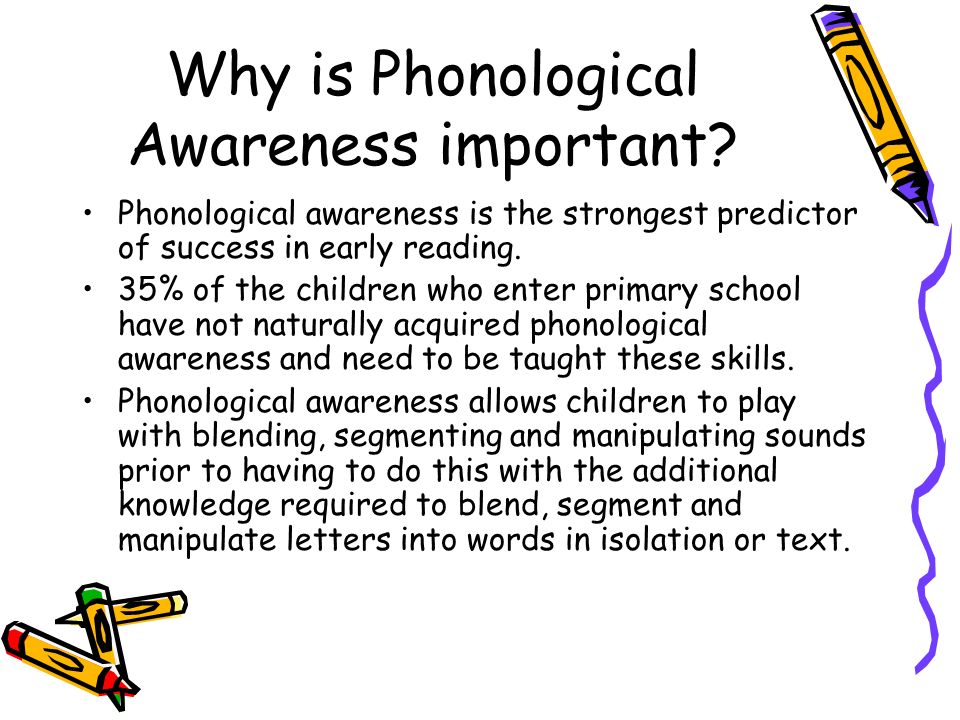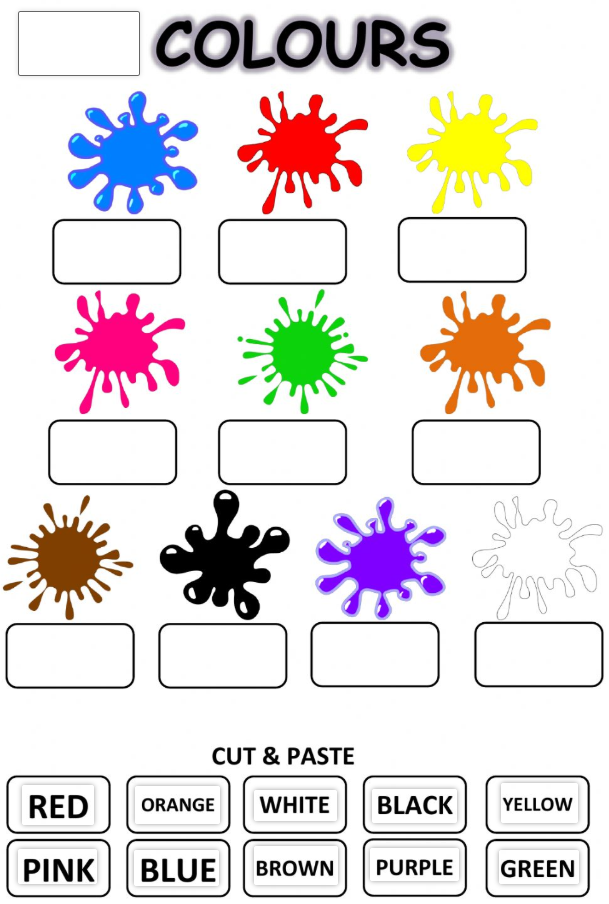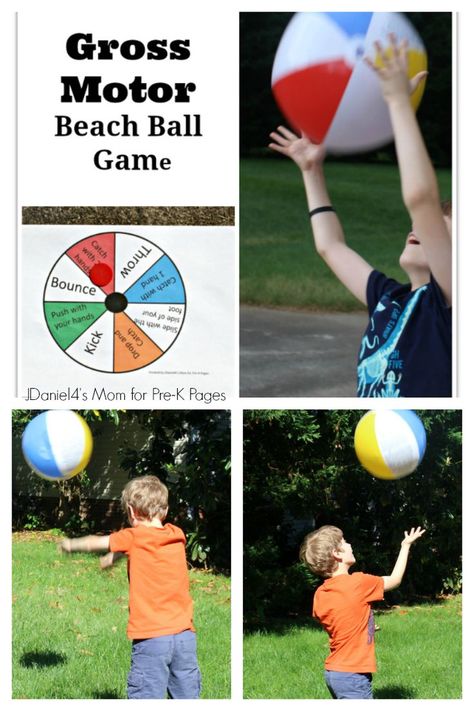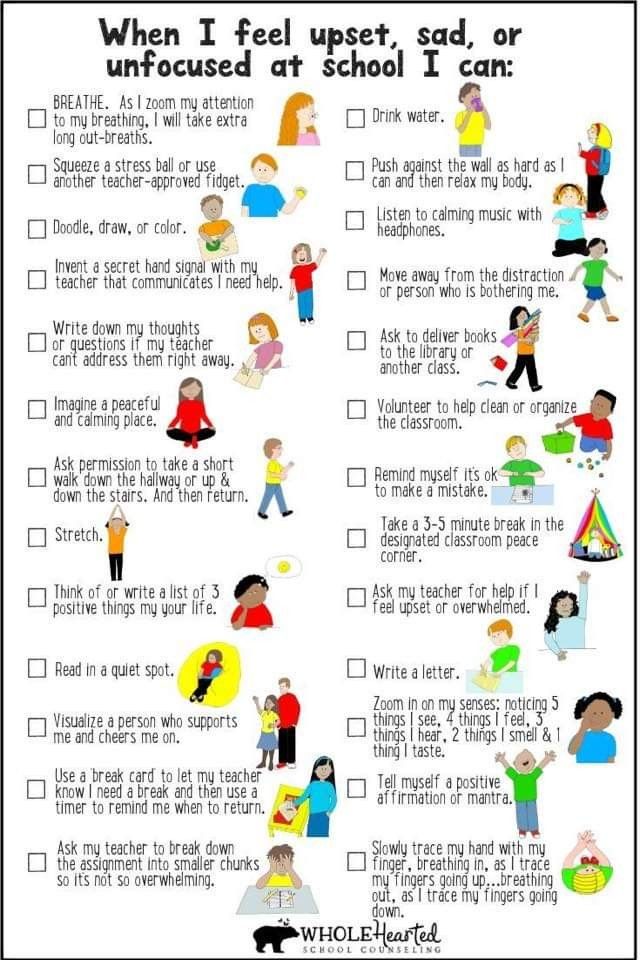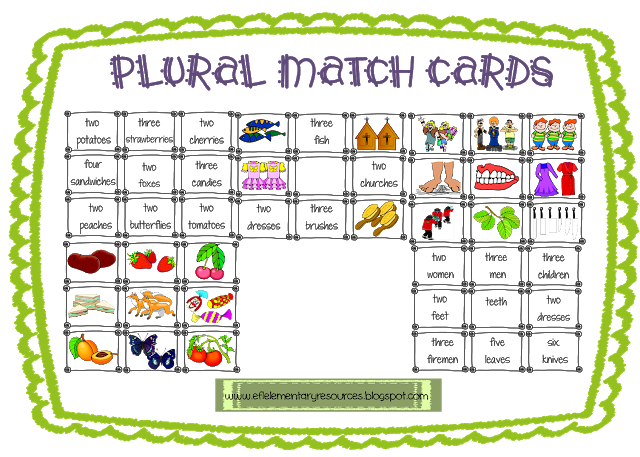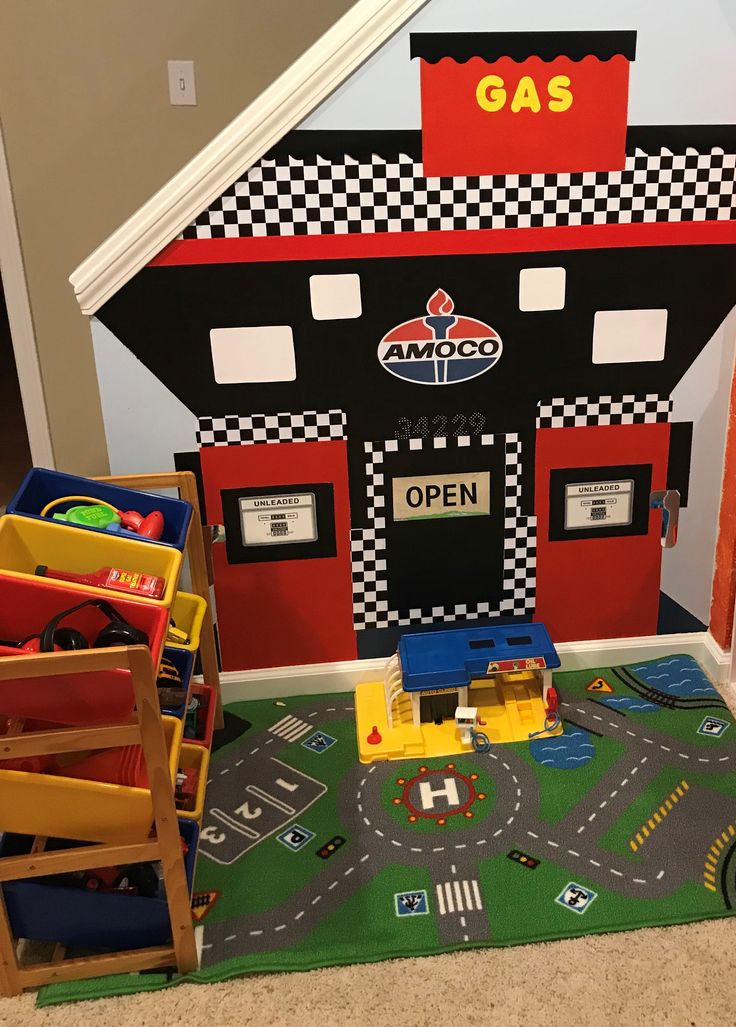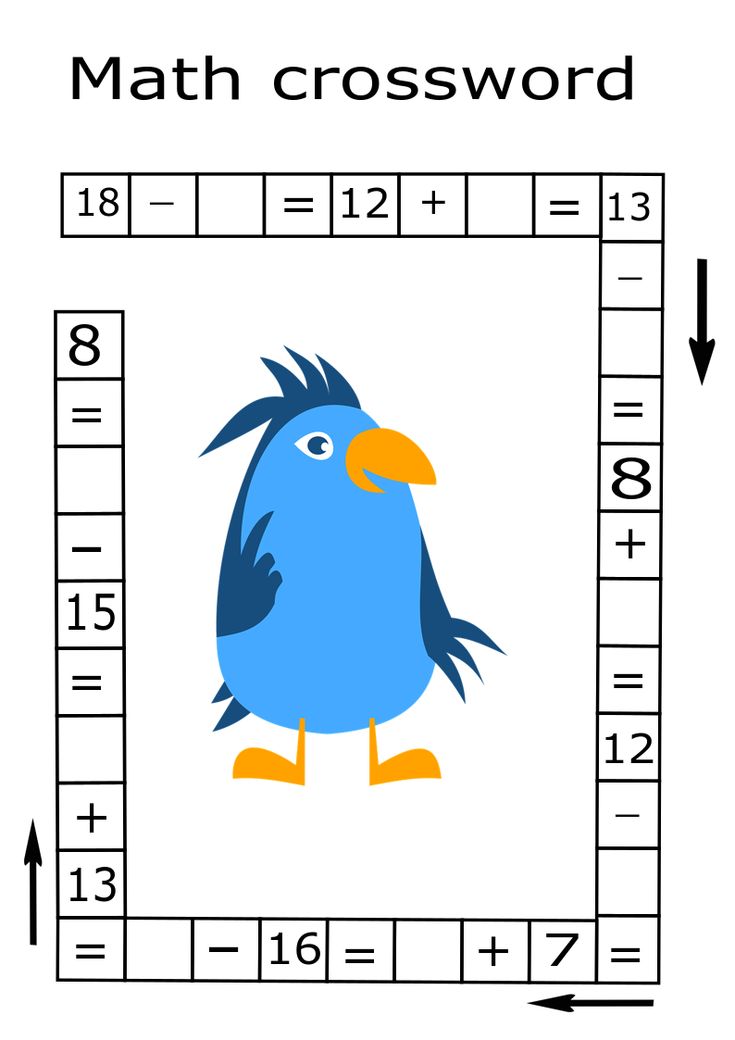Math for prek
The Most Important Math Concepts Kids Learn in Pre-K
Although there’s a lot of emphasis placed on emergent reading, experts show that pre-k math skills are just as important for your child’s learning development.
Understanding what skills your child will be exposed to as a math beginner will give you an idea of what concepts you can emphasize in fun, easy ways at home!
Fortunately, kids are exposed to many math concepts from a very young age — putting puzzles together, sorting objects, and even playing with building blocks. These activities all help build a good foundation for math.
In this article, we’ll take you through the most important pre-k math concepts so you can encourage and motivate your budding mathematician!
Table Of Contents
- What Are The Components Of Pre-K Math?
- Basic Pre-K Math Checklist
- Pre-K Math Development
- 9 Fun Pre-K Math Activities
What Are The Components Of Pre-K Math?
There are five basic components of pre-k math. They act like umbrella terms, each with many different elements hidden inside their broad concepts.
Your child will become acquainted with all of these essential concepts when they begin learning pre-k math.
1) Numbers And Counting
Children typically start with the bedrock of math — numbers! They’ll learn number names and how to write numbers, typically beginning with 1-10.
Counting is not easy business! While your child learns how to count — first with physical objects, then conceptually — they are bound to make mistakes here and there. This is perfectly all right. Counting will take time to master.
Most of kids’ initial exposure will be through representational counting. This could mean counting the number of strawberries in their lunch box, how many blocks are on the floor, and so on. These counting activities will set the stage for a strong foundation in counting.
By understanding that numbers represent objects, your child will begin to understand one-to-one correspondence (each object counted gets its own number and only that number) as well as the counting principle that when counting the number of objects, the last number counted equals the amount present.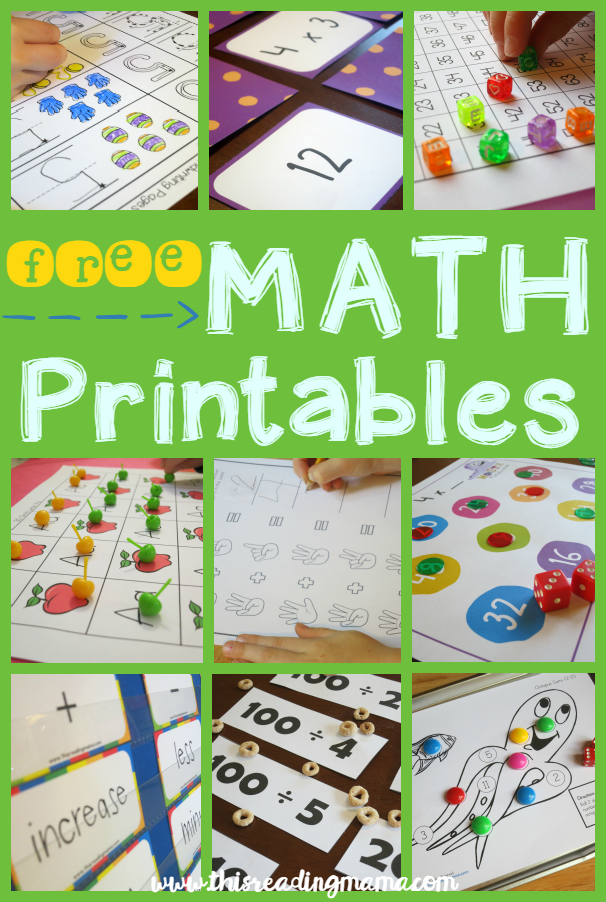
Over time, a child’s reliance on physical objects for counting will decrease. They’ll depend more on conceptual counting as their skills develop.
This conceptual counting is called “number sense.” They’ll understand that quantities, whether tangible or theoretical, are countable. They’ll also learn that numbers can be compared: two or more numbers can have a more-than, less-than, or same-as number relationship.
There are many fun ways to get your child comfortable with numbers and counting at home without making it feel burdensome.
Here are a few simple yet effective strategies you can try:
- Encourage your child to touch and count objects they see in everyday life — for example, a bunch of bananas or a stack of books.
- After they count a set of objects, help them write down the corresponding number on a piece of paper.
- Have your child compare different items using the appropriate language. For example, “Let’s count the number of blueberries and strawberries on the plate.
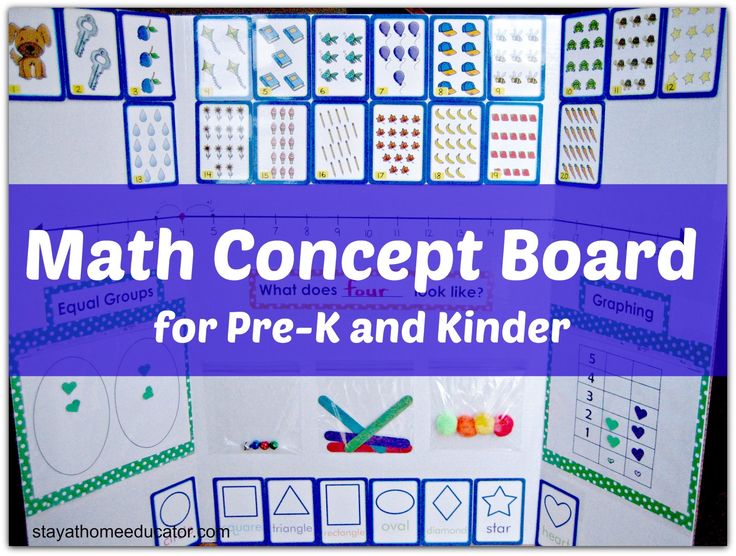 Are there more strawberries than blueberries?”
Are there more strawberries than blueberries?” - Hang a simple number line on the wall or tape one to your refrigerator. Throughout the day, point to each number with your child and count from 1-10 together.
- Ask your child to help set the table by counting out the right number of forks and spoons. Once they have collected them, they can count them again as they put one at each place setting.
These simple activities allow children to make sense of numbers. And the more they practice counting principles outside of the classroom, the more they’ll realize how relevant they are to everyday life.
2) Addition And Subtraction
Once your child has a firm grasp on counting and is developing number sense, they’ll explore the relationships between numbers more often. Describing how numbers are the same or different will lead into learning how to combine two numbers to make a new number!
Similar to the last concept, children will typically learn how to add and subtract by relying on counting activities with tangible objects.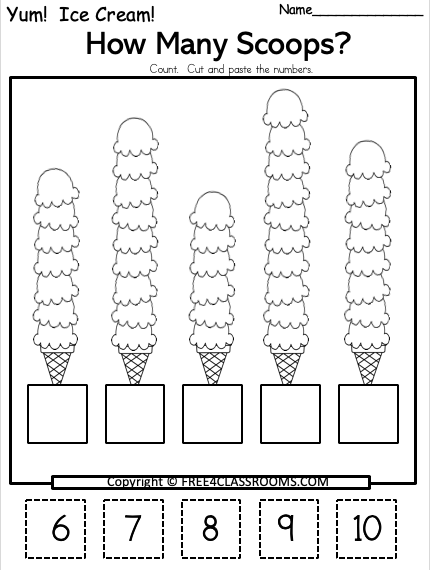 For example, you could set up two separate groups of apples and ask how many you will have if you join them together.
For example, you could set up two separate groups of apples and ask how many you will have if you join them together.
The first group may have three apples, while the second group has two apples. At first, many children will count one group and then start over to count the second group. It is a good idea to count both groups individually and then bring them together and count the total amount.
This is their first introduction to addition! The same idea works for subtracting. What happens when you begin with five apples and then take away two of them?
“Taking away” objects may be a little harder for your child to master at first. This is why many children will remove apples first and then count the remaining apples rather than counting backward.
To help, practice counting backward together. Pretend to be a rocket ship, and start counting down from five to one, gradually increasing the beginning number each time. After you get to one, shout, “Blastoff!” and jump into the air as high as you can.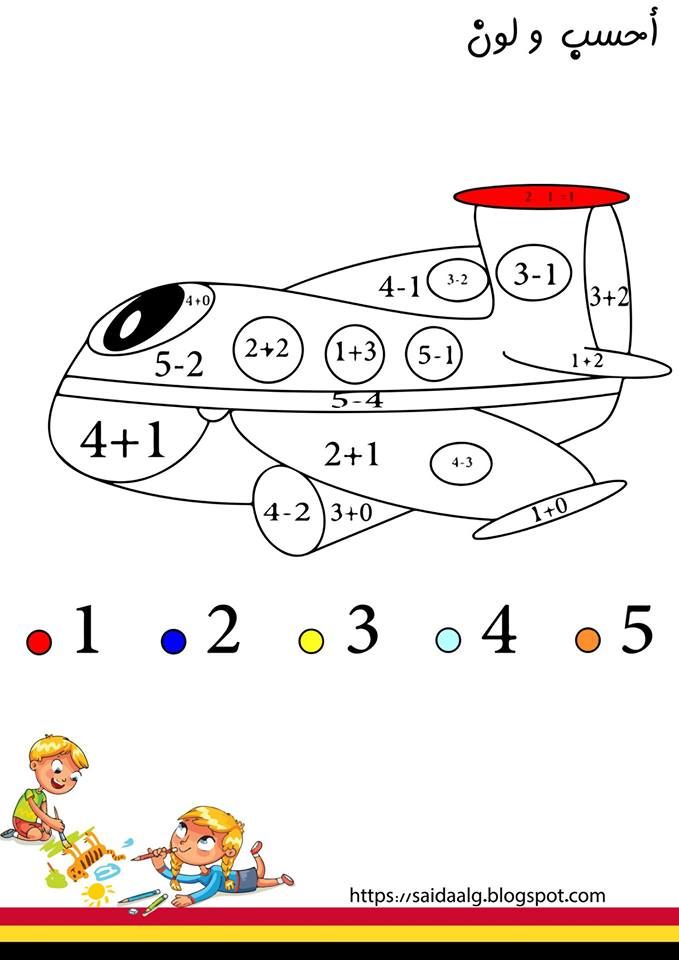 This fun game can help your child become more comfortable with counting down.
This fun game can help your child become more comfortable with counting down.
Pictures can also help your child master addition and subtraction concepts. For addition practice, present one sheet of paper with three apples and another with two. Then say, “Count the apples on both pieces of paper. How many apples do you have total?”
For subtraction problems, present this scenario: “On our paper, we have five apples total. How many apples will you see if I cover up two of them?” Then, count the remaining apples together.
Pictures are an effective way for your child to visualize mathematical problems. But, if you prefer not to draw, you can also use real objects instead. You could get out several apples (stuffed animals, cups, or whatever) and count them. Then, use those items for math practice.
Remember that adding and subtracting are basically making comparisons between numbers or establishing relationships between them. There are many strategies a child might use to solve a problem, which is a good thing since our main goal is to help children think mathematically.
3) Geometry And Spatial Reasoning
Shapes are everywhere in our world, which will be one of your greatest assets when it comes to teaching your child about shapes and spatial reasoning.
They’ll start out by learning about the basic 2-D shapes that are used in math: squares, triangles, circles, rectangles, rhombuses, and ovals. Learning how to draw these basic shape illustrations can be helpful for their learning process.
Some of these shapes you’ll be able to reference easily in your day-to-day life. This will help reinforce your child’s understanding of the shapes after their initial introduction.
For example, when making breakfast with your child, you could hold up a plate and ask them, “What shape is this? Do you think it’s a square or a circle?”
Other shapes, like triangles or rhombuses, may be a little harder to find hanging around. Challenge your child to find these shapes in nature. Are there any flower petals in your garden that are shaped like triangles (or an aloe vera plant hanging in their windowsill)?
Encourage your child to be creative with identifying shapes! It will help them with learning geometry in the long run.
Next, learning 3-D shapes will come after learning 2-D shapes. Like their flatter cousins, 3-D shapes are all around the world, too! Your child’s soccer ball is a sphere; the paper towel roll in the kitchen is a cylinder.
We recommend learning the basic form of these shapes and how they appear first. Then, you can use the natural 3-D shapes in your child’s environment to reinforce their learning!
Point out shapes when you see them and play a shape version of “I Spy” to practice. If your child has a set of blocks, talk about the different shapes of the blocks. Challenge them to use only one shape to build something. Then, see what they can make by using all of the shapes.
Kids also learn about spatial reasoning by discovering how to describe the shapes they see and play with. They can compare them with dimensional adjectives like “big” and “small,” or characteristics of their shape like “straight” and “curvy.”
This includes the spatial relationship between different objects, too. Look out for observations using location adverbs like “under,” “beside,” or “around.” These are all different ways for your child to “measure” or observe how shapes take up space.
Look out for observations using location adverbs like “under,” “beside,” or “around.” These are all different ways for your child to “measure” or observe how shapes take up space.
4) Sorting And Patterns
We categorize things in our daily lives without even realizing it. Your child probably already does this, too — they may arrange their stuffed animals or toys in a certain way. For example, they may keep farm animals separated from dinosaurs.
Sorting and patterns are related to categorical reasoning. In the same way grocery stores sort out items by their parallel uses, your child will learn how to sort things based on their characteristics and how they are the same or different from other objects.
They’ll sort objects by weight, shape, quantity, texture, color, and other traits, often without even realizing it!
It’s important to note here that sorting and counting aren’t sequential. Your child might begin sorting before they begin counting, in fact.
For instance, if you want your child to sort a bowl of fruit, you can ask them to count all of the strawberries.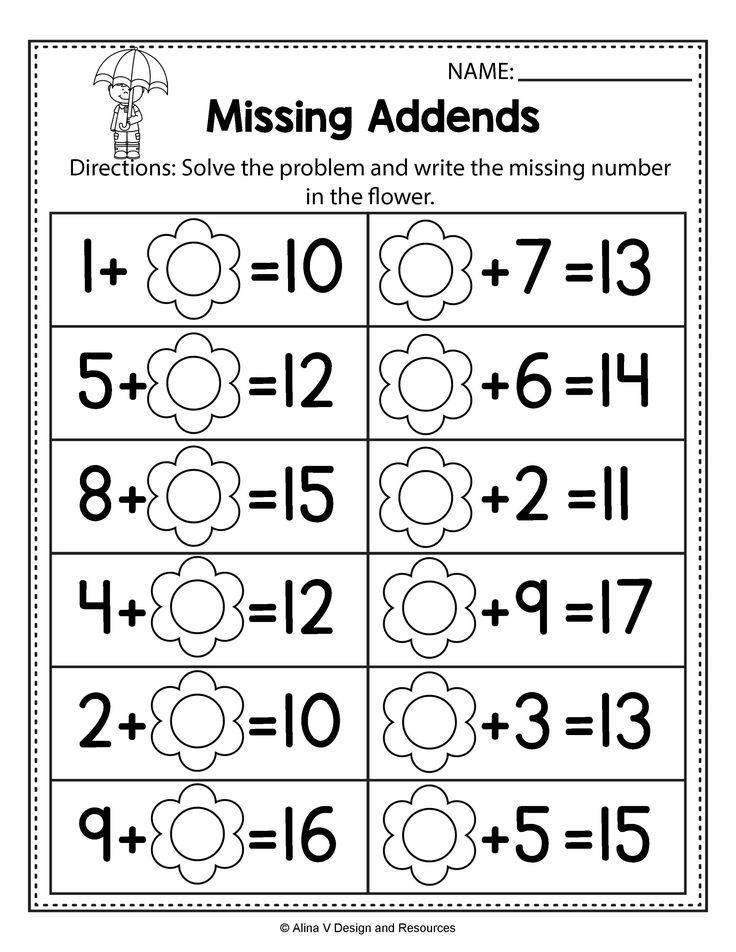 They’ll sort the strawberries from the rest of the fruit. If you ask them to count the red fruit, they’ll sort out strawberries, cherries, and watermelon and count them together.
They’ll sort the strawberries from the rest of the fruit. If you ask them to count the red fruit, they’ll sort out strawberries, cherries, and watermelon and count them together.
Once a child has learned to isolate characteristics, they can begin to identify, extend, and even create patterns. Your child will learn how to:
- Copy a pattern
- Identify the parts that repeat and continue a pattern
- Correct a mistake in a pattern
- Explain a pattern
- Create their own patterns
To encourage your child to explore patterns, take a few moments to build a pattern for them when you play together. Use whatever materials you have available and create a simple AB pattern, such as truck, car, truck, car.
Next, point to each object. Say its name aloud. Then, when you get to the end of the row, ask them what comes next. If they aren’t sure, grab the next object and put it down. Once you’ve completed one round, start at the beginning and repeat each item to reinforce the pattern.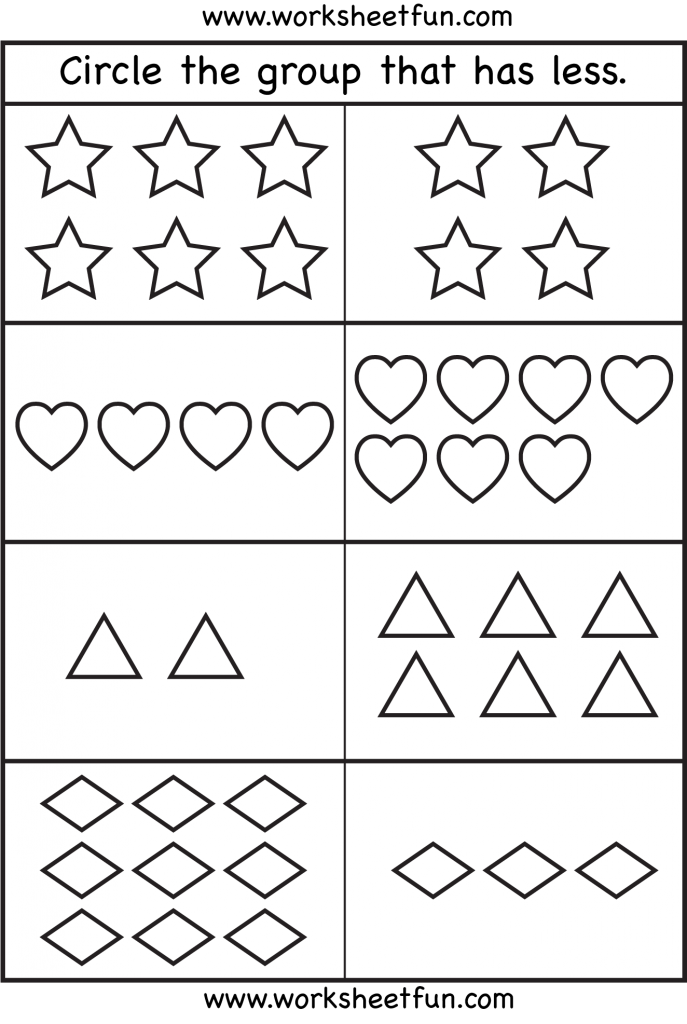
5) The Language Of Math
Part of learning how to do math means learning how to “speak” math. We don’t mean your child will turn into C-3PO — just that they will learn how to use mathematically correct language, or how to tell a story with math terms.
This can happen in daily life. While picking at an afternoon snack, your younger child may say, “Hey! My brother has more crackers than me!” Then you might agree to “add” to the cookies on the younger child’s plate so that both plates are “equal.”
These skills may be naturally exciting for your child — they’ll feel like they’re learning how to speak “grown up!” Show them how fun it is to incorporate mathematically appropriate language into their daily speech and use it to tell stories about what’s going on around them.
Using words to describe things in their lives will help them give ownership over ideas and observations. Motivate them to think about the order of the world around them and use different words to describe them, such as:
- More than
- Less than
- Shape names
- Light or heavy
- Small or big
Mastering math language will help them in their quest to become robust mathematicians! It’ll also help them develop a strong vocabulary so they’re better prepared for kindergarten.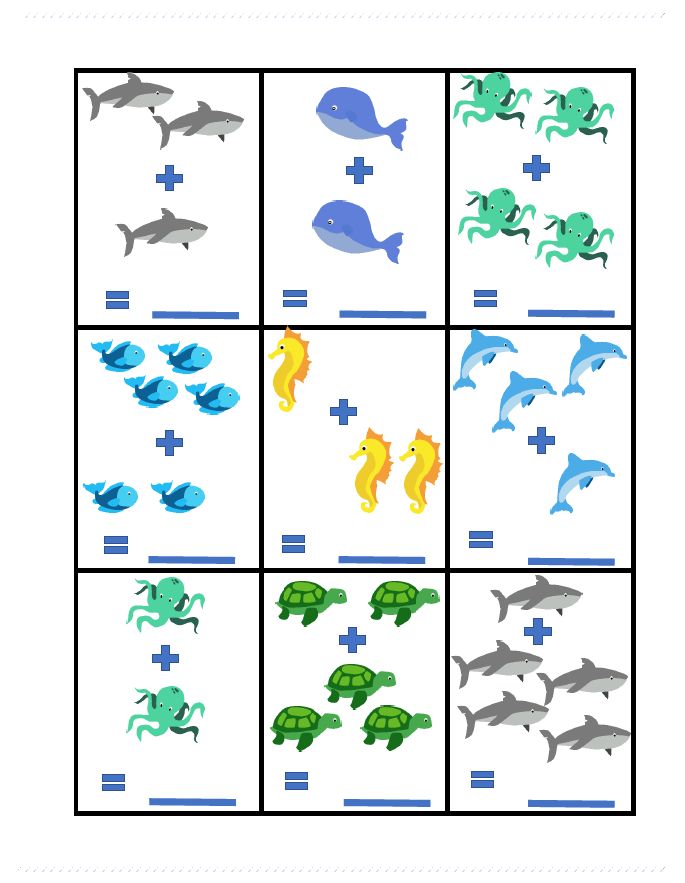
Basic Pre-K Math Checklist
Now that you know some of the concepts your child will be learning in pre-k math, let’s look at some of the skills they’ll build during this time.
- Rote count to 10
- Use one-to-one correspondence to count up to 10 objects and tell how many there are altogether
- Recognize basic shapes (circle, triangle, square)
- Understand the concept of quantity (more/less)
- Sort objects by one characteristic
- Understand and use directional terms, such as up, down, in, out
- Pick what object goes next in a simple pattern
While these aren’t all of the math skills your child might learn in pre-k, they will give your child a solid mathematical foundation to build on in kindergarten. And they’re all skills you can practice in fun ways!
Pre-K Math Development
As your child grows and learns, they’ll work through three phases of mathematical development: concrete, representational, and abstract.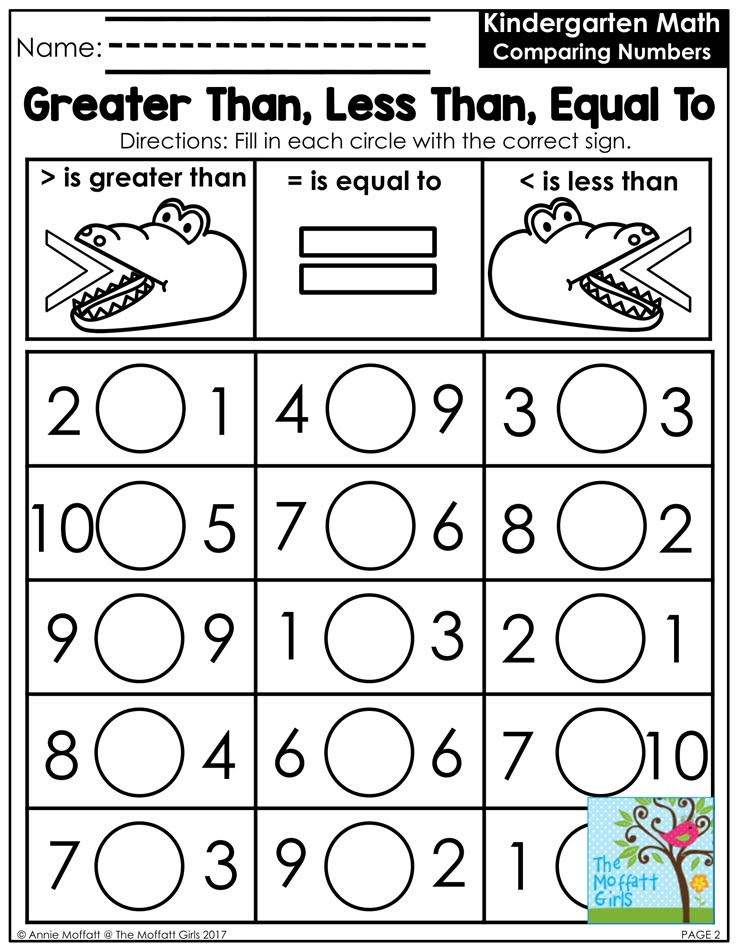 They’ll likely be in the concrete stage at the beginning of pre-k.
They’ll likely be in the concrete stage at the beginning of pre-k.
During this phase, students need hands-on activities and real-world examples to help them understand mathematical concepts. This is why math manipulatives are so crucial in the early years. It’s also essential to present math concepts in a very concrete way during this stage.
For example, if you’re teaching your child about numbers, don’t just tell them that five is more than three. Instead, show them five objects and three objects, and let them count for themselves. This will help them understand the concept of more and less.
As your child continues to learn and practice a mathematical concept, they can move into the representational phase. Here, students can count pictures or images instead of actual objects. For example, they realize that numbers can be represented by lines or drawings.
Then, they’ll be ready to try the abstract stage. At this point, children understand that numbers can be represented by symbols. They don’t need manipulatives or visual aids to do math problems. They can start using numbers and symbols such as + or – to solve math problems.
They don’t need manipulatives or visual aids to do math problems. They can start using numbers and symbols such as + or – to solve math problems.
The activities above will help your child to build their understanding of mathematical concepts so they can move through the different stages.
But, in pre-k, it’s important to focus on the process, not the answer. So don’t worry if your child doesn’t get the solution right away. Let them work through the problem and try to figure it out for themselves.
A strong foundation in pre-k math sets children up for success when they start kindergarten. By providing opportunities for them to explore and experiment with math, you can help them develop the skills they need to be successful in school and beyond.
9 Fun Pre-K Math Activities
Now that you’re clear on all of the exciting new math concepts your pre-kindergartener will be exposed to and what skills they’ll practice, let’s talk about some games and activities you can play at home to help your child hone them.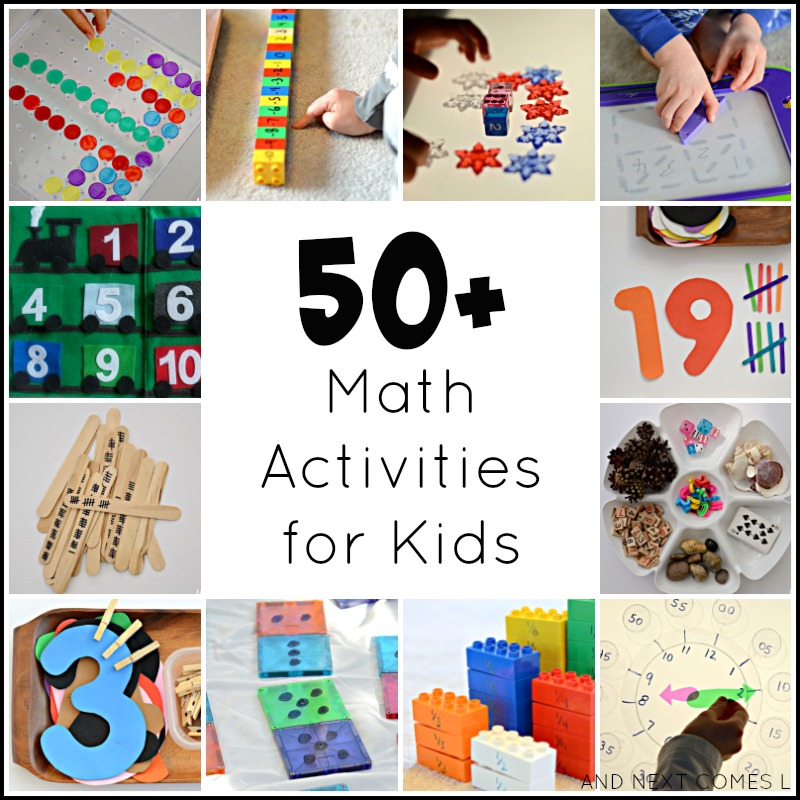
We’ve already discussed some math activities you can incorporate into everyday life. Now, we’re sharing our list of fun games to encourage your young learner to love math even more.
1) What Did I Do?
This game helps reinforce counting, adding, and subtracting. It’s quick to play, so it’s perfect for when you have a few extra minutes.
What You’ll Need
- Small objects (e.g., paper clips)
What To Do
Place some paper clips (or any other small objects) in your hand, and let your child count how many you have. After they’ve done this, put your hands behind your back and either add or remove some.
Next, show your child the new quantity and ask them to count how many there are now. You can ask your child questions, such as, “Did I add or take away some paper clips?” or “How many did I add or take away?”
For even more fun and learning opportunities, take turns playing the game. And when it’s your turn to guess, it’s OK to guess wrong — “I think you took away 10!… No! I added two!” This back and forth offers lots of laughs and critical thinking for your little mathematician.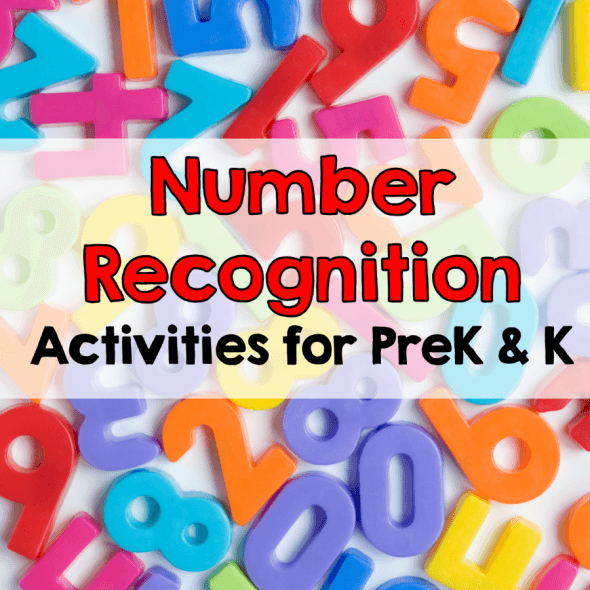
Remember that because your child is in pre-k, the concepts of addition and subtraction are still new. Therefore, it’s best to keep the number of objects used in this game low (e.g., 1-10 clips) so they aren’t confused or overwhelmed.
2) Math Tic-Tac-Toe
Add a mathematical twist to the classic game of Tic-Tac-Toe!
What You’ll Need
- Paper
- Pencil
- Ruler
- Markers (or colored pencils)
What To Do
Start by dividing your sheet of paper into squares by drawing lines (three horizontal by three vertical). In traditional tic-tac-toe, you’d leave these squares blank until the game starts. Not this time.
For this version of the game, you’ll need to fill each box with dots and have your child tell you how many dots are in a box before placing their X or O in it. The first player to get three Xs or Os wins!
The Xs or Os don’t have to be in order at this point, but you can add that requirement as a challenge once your child gets the hang of playing the game.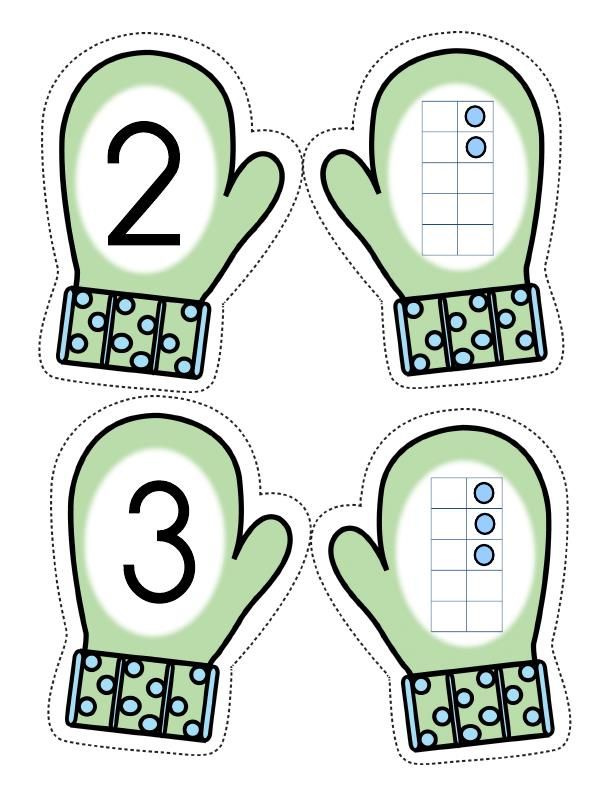
This activity helps kids work on their counting skills while also incorporating lots of fun.
3) NumberBow
Your child will add numbers to create a beautiful rainbow in this game.
What You’ll Need
- Two dice
- Two sheets of paper
- Colored pencils (or crayons)
- Pencil
What To Do
Draw two identical rainbow-shaped boards (one on each sheet of paper) with numbered boxes on the rainbows. (You can check out this link for reference.). The aim of the game is to color the numbered boxes in.
To play, each player throws two dice, then adds the numbers from the throw together and colors in the corresponding box on their rainbow.
For example, if your child throws a three and a one, they’d need to add 3+1 and color in the “4” box. If they’ve already colored that box in, they’d have to wait for their next turn. Each player gets 10 turns to have the most colorful rainbow at the end!
While this is an effective game to help your child work on their addition skills, some children might experience difficulty adding larger numbers together (e.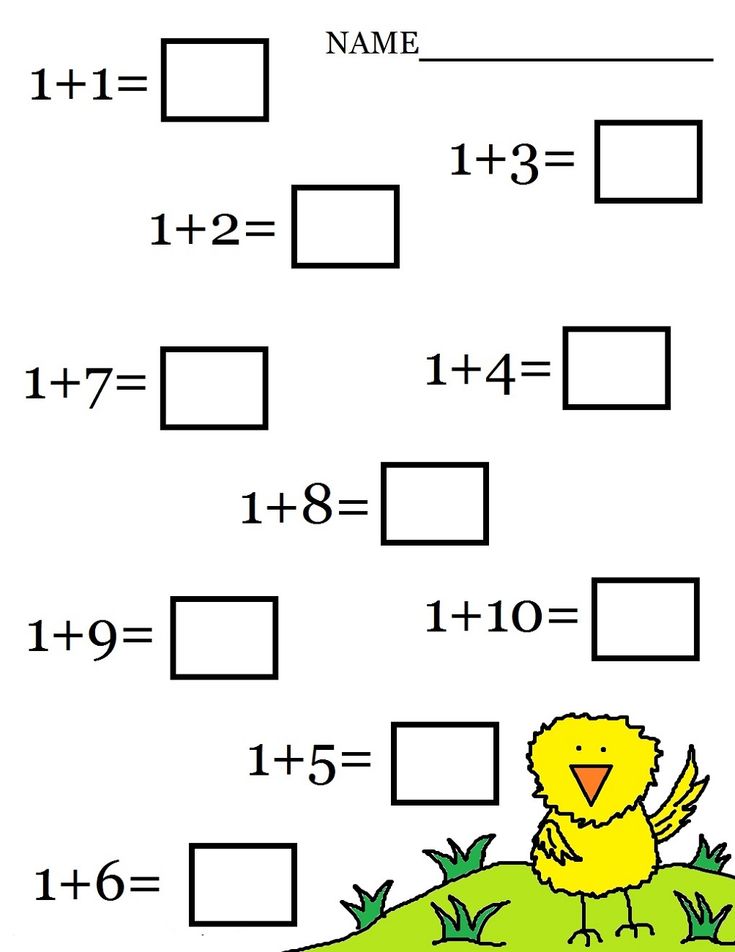 g., 5 and 6). If you need to help them, that’s OK!
g., 5 and 6). If you need to help them, that’s OK!
Remember that exposure and repetition are very beneficial for young learners.
4) Fill The Cup
This game can be challenging for younger children, so if it causes frustration, play other math games until your child is more comfortable with adding and counting.
What You’ll Need
- Dice
- Plastic cup
- Small objects that are easy to count (e.g., paper clips, dried beans, pebbles, etc.)
What To Do
To begin the game, players roll the dice at the same time. The number rolled indicates the number of items you can add to your cup. For example, if you roll a five, you add five dried beans. The goal for your child is to be the first one to fill their cup.
At the pre-kindergarten stage, some children might not be comfortable with the steps needed to play this game (rolling the dice, reading the number aloud, adding the items to the cup). So, before starting, take a few minutes to get them used to the process.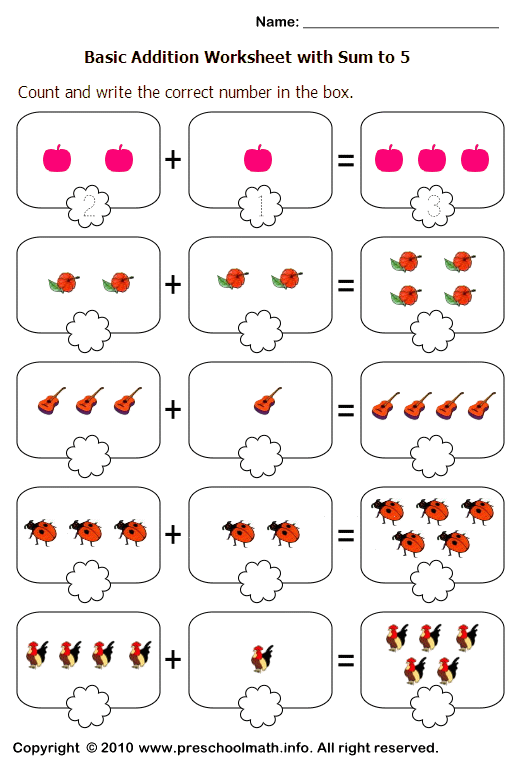
If you notice that it’s still too challenging, you can make it easier by choosing to roll the dice for each other. In this option, you can roll the dice and then help your child read the number and add the right amount of items to their cup.
Whichever variation you choose, this is a fun and engaging way to help children learn numbers and practice counting.
5) Stand Up, Sit Down
Kids enjoy playing this active game where they get to use their bodies and their brains! (Note: This game requires more than one child player, so it’s a great activity for siblings or to do when your child has a friend over.)
What You’ll Need
- Index cards
- Marker
What To Do
Write the numbers 1-10 on the index cards (one number per card) and hand three to each participant. Then, say a math equation (or word problem) out loud.
If the answer matches a number they’re holding, the child will stand. If they don’t have the answer, they remain seated.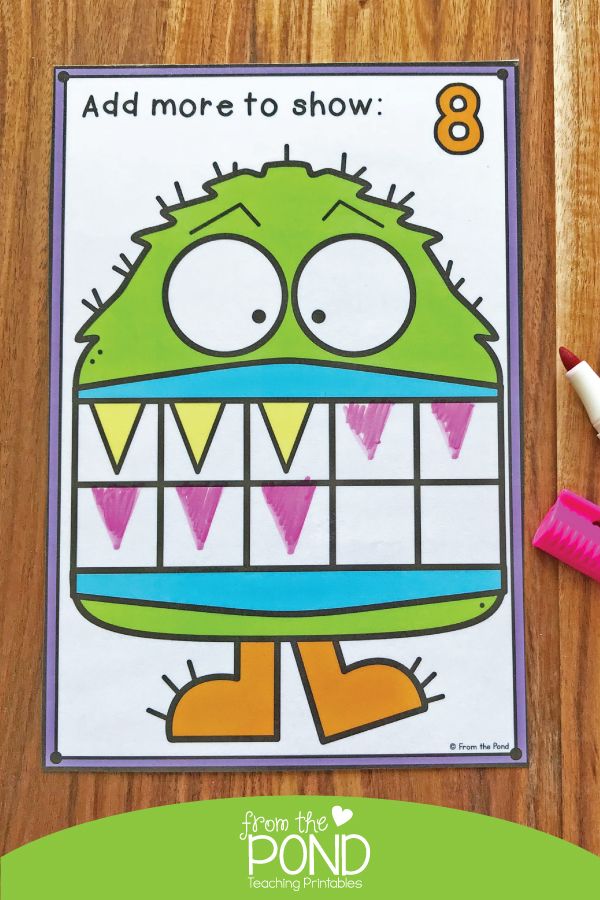
For example, if the question is, “If I have three dried beans and I throw away one, how many do I have left?”, the child with “2” would then need to stand up and show their card.
The player who has the least number of cards left at the end of five rounds wins. Note: To make it easier, you can give children small items (e.g., blocks, dried beans, paper clips, etc.) to help them count.
Stand Up, Sit Down is also helpful for children learning shapes. Instead of writing numbers on the cards and handing them out, you can draw different 2-D and 3-D shapes that children learn in pre-k (as discussed above) and hand those out.
To play, someone describes a shape and the player who has that shape stands up and says what it is. For example, “If you are holding a shape that has three sides, stand up right now!”
When the child stands up, they’ll need to say that their shape is a triangle, and they get the point. In this version of the game, the player with the most points at the end wins.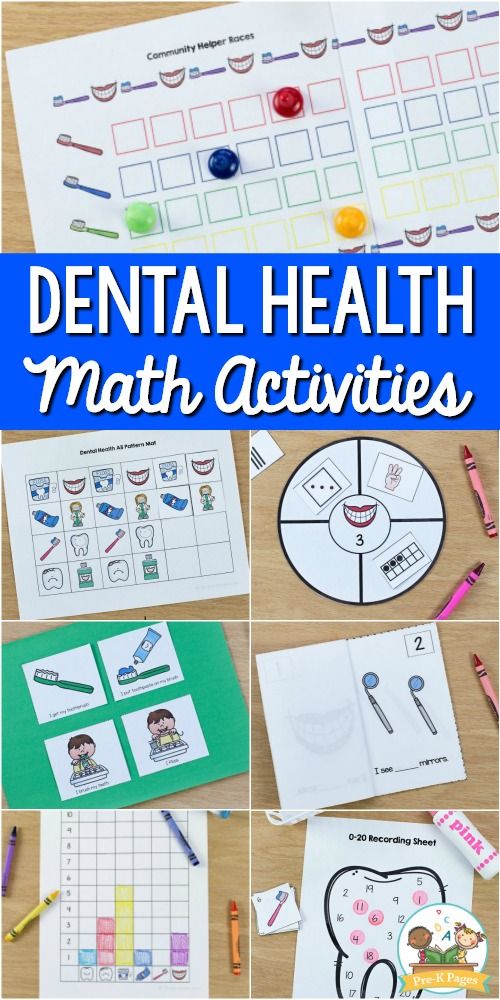
Using this game allows children to learn the names and attributes of the different 2-D and 3-D shapes they get exposed to in pre-kindergarten.
6) Who Has More?
This game is perfect for helping kids understand the concepts of more and less, which are critical in early math development.
What You’ll Need
- A small bowl or container
- A teaspoon
- A handful of objects (e.g., buttons, pennies, cereal pieces, etc.)
What To Do
Place the objects in one bowl. Have your child scoop a teaspoon of them out and count them. Then, you do the same and see who got the most. That person’s the winner!
Note: Counting past 10 is difficult at this age, so you’ll want to use big enough items (such as large kidney beans) and stick to a teaspoon for scooping so your child doesn’t end up with more than 10 per spoonful.
7) Read Math Books
Help your child develop a love for math by reading math-related books together.
What You’ll Need
- A mathematical-themed book to read together (see some recommendations below)
What To Do
Grab one of the following books and snuggle up with your little one for a math-themed storytime.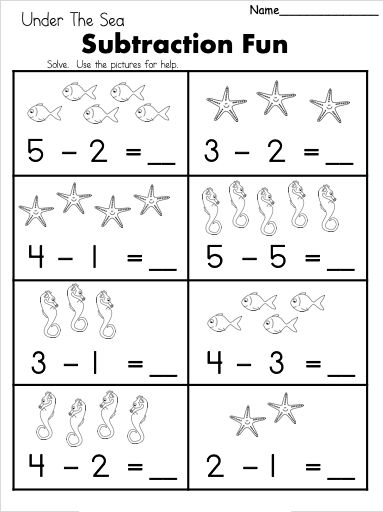 As you read, point out any mathematical concepts in the book.
As you read, point out any mathematical concepts in the book.
- From the Garden by Michael Dahl
- The Shape of Me and Other Stuff by Dr. Seuss
- The Button Box by Margarette S. Reid
- A Pair of Socks by Stuart J. Murphy
- The Berenstain Bears and the Spooky Old Tree by Stan and Jan Berenstain
- Pattern Fish by Trudy Harris
When you finish reading, discuss any new math concepts your child learned. You could even do a related activity or two to reinforce what they’ve learned.
8) In The Box
This game helps your child practice prepositions or direction words, like “under,” “behind,” and “in front of.” These concepts are essential for mathematical development as well as reading comprehension.
What You’ll Need
- A stuffed animal
- An empty box large enough for the animal to fit inside
What To Do
Ask your child to put the animal inside the box.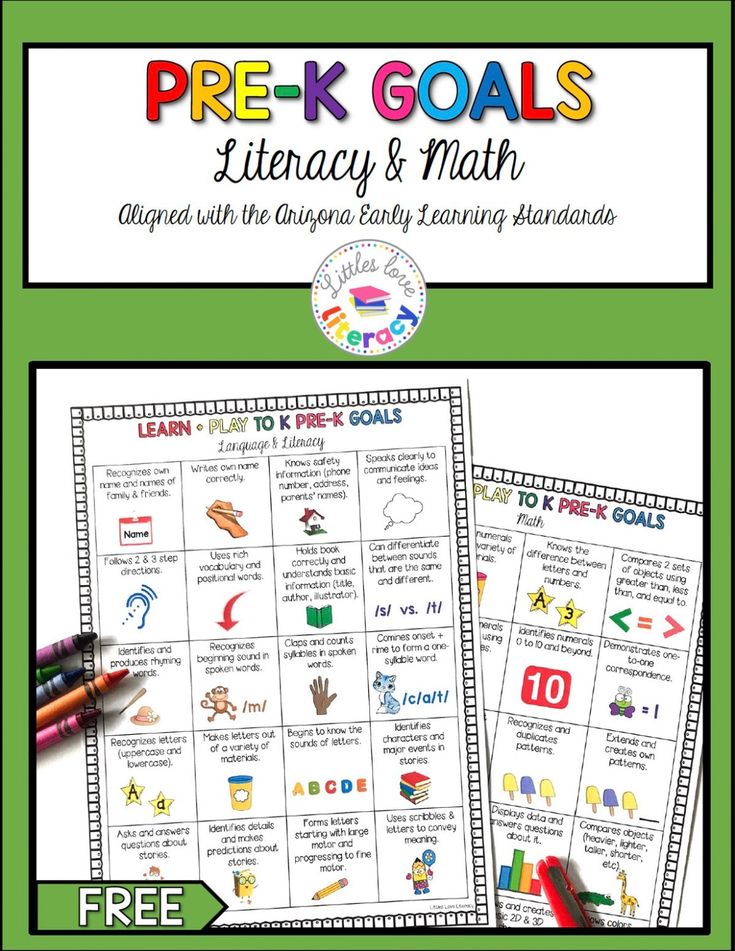 If they have difficulty understanding what you mean, give them some clues. For example, you could say, “Put the animal in the box so that its head is sticking out,” or “Put the animal in the box so that only its tail is showing.”
If they have difficulty understanding what you mean, give them some clues. For example, you could say, “Put the animal in the box so that its head is sticking out,” or “Put the animal in the box so that only its tail is showing.”
Once the animal is in the box, ask them to describe where it is using prepositions. So, they might say, “The animal is in the box.”
Then, take the animal out and place it behind the box. Ask your child to describe its location again. For example, they might say, “The animal is behind the box.”
Next, let them take a turn placing the animal in, on, under, next to, etc. the box. When they’re done, you describe where it is. Continue taking turns as you practice different prepositions.
9) Number Line Race
This game helps kids with number recognition as well as one-to-one correspondence.
What You’ll Need
- Number cards (we recommend the ones from the HOMER Explore Numbers Kit)
- A die
What To Do:
Spread the cards out in numerical order, with a bit of space between each one.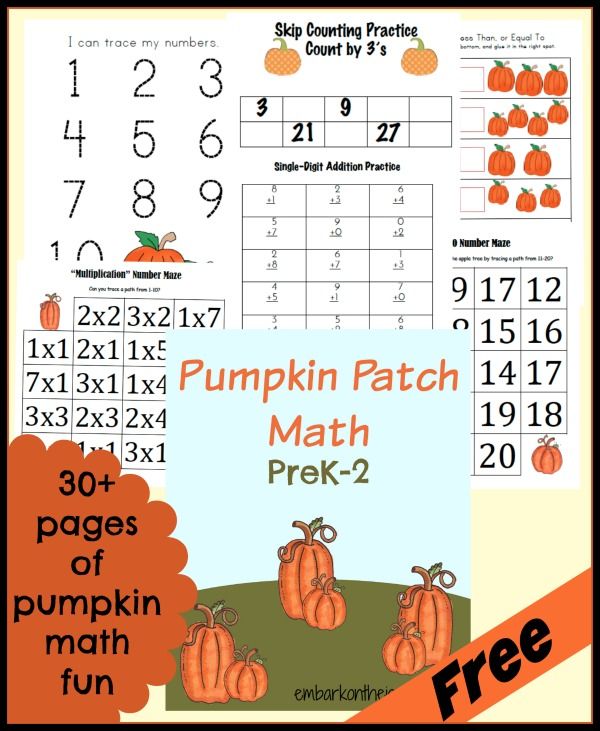 They should form a line on the floor, though it doesn’t need to be perfectly straight.
They should form a line on the floor, though it doesn’t need to be perfectly straight.
Have your child stand on the card with the number one on it. Hand them the die and let them roll it. Call out the number they rolled. Next, ask them to move that many numbers forward, moving from one index card to the next as they count aloud.
If they land on a number that would take them off the end of the line, they start from the beginning for their next throw (each player gets five throws). Then, it’s your turn! Start on one and see how far you can get, too.
The person to end on the card with the highest number is the winner!
Encouraging A Love Of Pre-K Math At Home
Pre-k math isn’t just reserved for pre-k classes. You can help your child explore the exciting world of pre-k math right from your home!
HOMER is always here to help and happy to be your at-home learning partner. Our Learn & Grow app offers tons of opportunities for your child to develop their pre-k math skills from conception to execution.
Our games are personalized to accommodate your child’s specific interests. They include pattern-identification games like Ribbons or shape-building games like the Castle Creator.
Your child can also explore the Shapery Bakery, where they help the cute, cuddly Tisa the Cat by sorting treats based on their shape. All that and so much more can help your child develop their pre-k math skills!
Author
Preschool Math Activities that are Super Fun!
If you are looking for preschool math activities then you're in luck! I gathered my favorite hands-on math activities and math center ideas for preschool and I am sharing them here!
Math skills are so important and finding playful and engaging ways to teach those skills to preschoolers is crucial. Whether you teach math to a classroom full of preschoolers or homeschool one or two at home, it's important to use hands-on math experiences.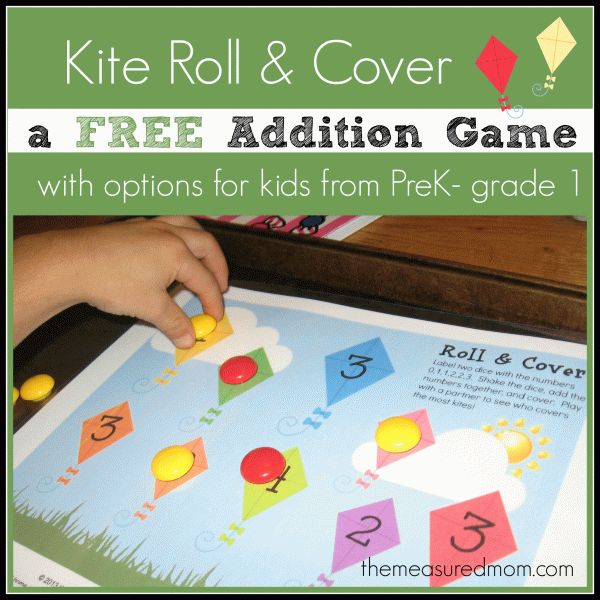
This is a list of the best preschool math activities that I could find! I hope they will be super helpful to you.
Hands-On Preschool Math Activities
1. Roll and Dot the Number is a quick preschool math game that will teach kids to identify numbers and count while learning one to one correspondence! It is one of our favorite preschool math activities!
2. This Build and Measure Block Center is such a neat way for kids to explore measurement!
3. These Counting Bears Number Strips are a hands-on way for toddlers and preschoolers to learn numbers, counting and even colors.
4. These Tree Play Dough Numbers Mats are a great way to work on a number of math skills including counting to 10!
5. Work on color recognition and sorting with these Button Sorting Cups.
6. This Simple Fine Motor Counting Math Tray is super easy to set up and provides excellent fine motor practice too.
7. Grab your craft sticks and make these Colors and Patterns craft sticks for your math center!
8. Teaching Symmetry to Preschoolers with LEGO DUPLO is perfect for teaching symmetry to preschoolers and young kids.
Teaching Symmetry to Preschoolers with LEGO DUPLO is perfect for teaching symmetry to preschoolers and young kids.
9. Your kids will have a blast learning to count with Bugs in a Jar!
Preschool Math Activities that are Fun and Engaging!
10. These DIY Tactile Counting Sticks are very easy to make and are perfect for kids who are learning to count.
11. Measuring with Bear Counters is an excellent way to introduce preschoolers to measurement!
12. I love this Play Dough Geometry activity! All you need is play dough and craft sticks!
13. This Pattern Making activity only requires a few common supplies. It's a hands-on way to introduce young preschoolers to patterns.
14. Number learning is really fun with this Car Parking Numbers Game!
15. Your kids will love learning about shapes with this Preschool Shape Scavenger Hunt!
16. This Number Pocket Game is a hands-on way for young preschoolers to learn numbers.
17. This Car Color Sort math activity is a great way for kids to practice sorting while playing with cars.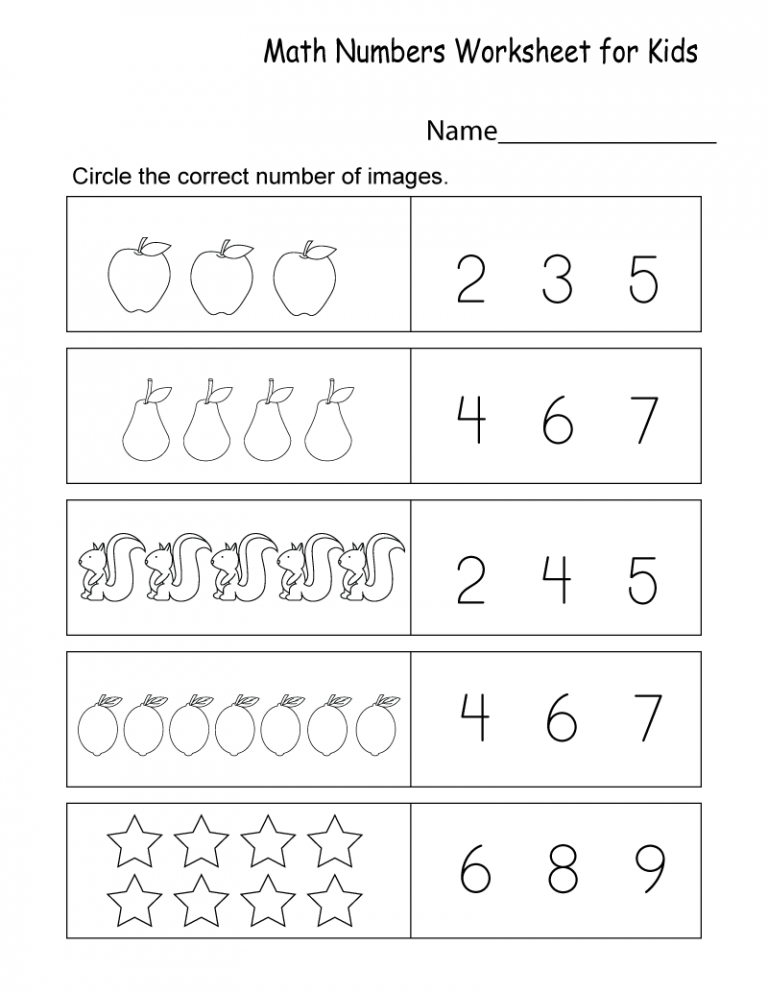
18. This Smack the Number Counting Game is fun way to practice number recognition and one to one correspondence. This was one of our favorite preschool math activities when my son was younger.
Math Activities for Preschool Math Centers
19. Make counting practice a game with this Race to Fill the Cup activity! This is a must-do when it comes to preschool math activities!
20. Finding shapes with I Spy Shape Glasses is a totally cool idea!
21. Counting and Measuring with LEGO is a fun way to work on counting, ordering and measuring numbers!
22. Take the learning outdoor with this super cool Pool Noodle Abacus!
23. This Button Counting Activity is a hands-on way for preschoolers to learn numbers and practice counting!
24. Work on fine motor skills and counting in this neat Counting beads on pipe cleaners activity!
25. Use clothespins to reinforce fine motor skills, colors and match numbers in this Hickory Dickory Dock Matching Clothespins activity!
26.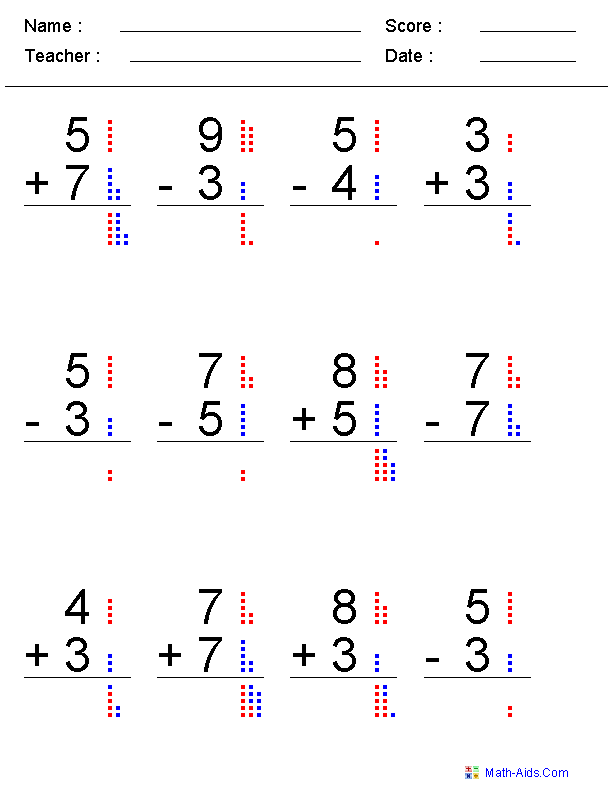 This Printable Number Puzzle is a great way to work on a variety of ways to represent numbers.
This Printable Number Puzzle is a great way to work on a variety of ways to represent numbers.
27. This Play Dough Math Invitation is open-ended and will keep preschoolers busy while learning a variety of math skills.
Even More Hands-On Math Activities for Preschoolers
28. These fun Farm Animal Rainbow Counters activity helps preschoolers learn to count and compare more or less!
29. Your kids will work on direction following, ordinal numbers and important vocabulary in this Matching Paths activity!
30. Your kids will have fun counting with this Ladybug Counting Busy Bag!
31. Counting Nature is a great way to work on counting and explore nature!
32. Your kids will have a ton of fun with Play Dough Addition.
33. Exploring Symmetry with Art is an awesome idea!
34. Use a Numbered Nature Tray to encourage number skill work while exploring nature!
35. This Play Dough Color Match Learning Activity is a fun way for kids to learn colors, matching, and sorting!
36.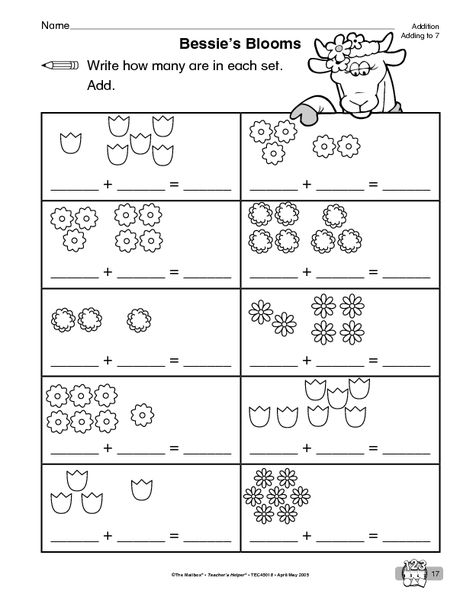 Your kids will love these 3 Counting Bear Activities for the Balance Scale!
Your kids will love these 3 Counting Bear Activities for the Balance Scale!
37. This Counting Math Game for Kids is great for practicing one-to-one correspondence!
38. LEGO and Math combine in these LEGO Pattern Cards. A great activity to work on hands-on pattern building!
39. Counting Blocks While Building Towers is a fun way to learn with numbers!
40. These printable shapes are so inviting and are jam-packed with learning! You definitely have to add this to your list of preschool math activities to try with the kids!
Check out all of our other preschool math activities!
And because I LOVE combining literacy and math, here are 60 fantastic Math Picture Books for Preschool. Swap these in and out of your math center all year-long!
I hope this list will help you plan preschool math activities for the year ahead. I am really excited to do so many fun and engaging math activities with my kids this year!
I would love for you to share your favorite math activities for preschoolers in the comments!
Life hacks for the exam in mathematics
Author of the work:
Chmeleva Polina Vitalievna
Project Manager:
Arslanova Anastasia Alexandrovna
Institution:
MOU "Secondary School No.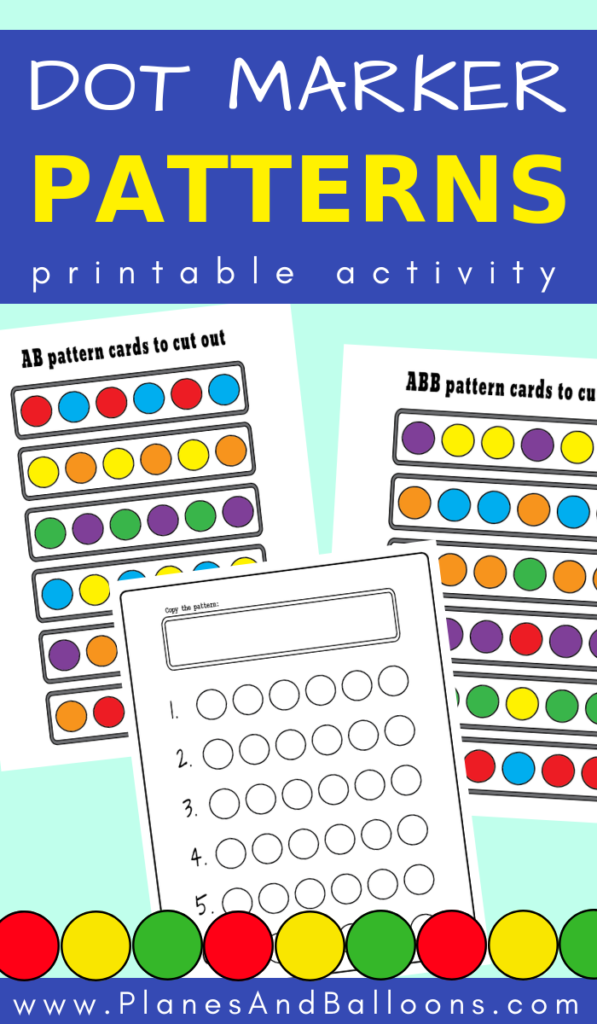 1", Kyshtym
1", Kyshtym
Contents
Introduction
- From the history of the word "Lifehack"
- Overview of sources used in the work
- "Life hack" in mathematics
- Description of the conceptual apparatus
- Product of project
Conclusion
References
Appendices
Introduction
This work is dedicated to graduates who are preparing for the exam and are simply fond of mathematics.
The relevance of the topic of this project lies in the fact that every year eleventh graders are faced with the task of passing the Unified State Exam, the results of which will affect admission to universities. nine0003
Regardless of what core subjects students take, everyone without exception will have to take mathematics. And for the last academic year, they need to study a huge amount of material in order to then apply it in the exam, which takes only 3 hours and 55 minutes.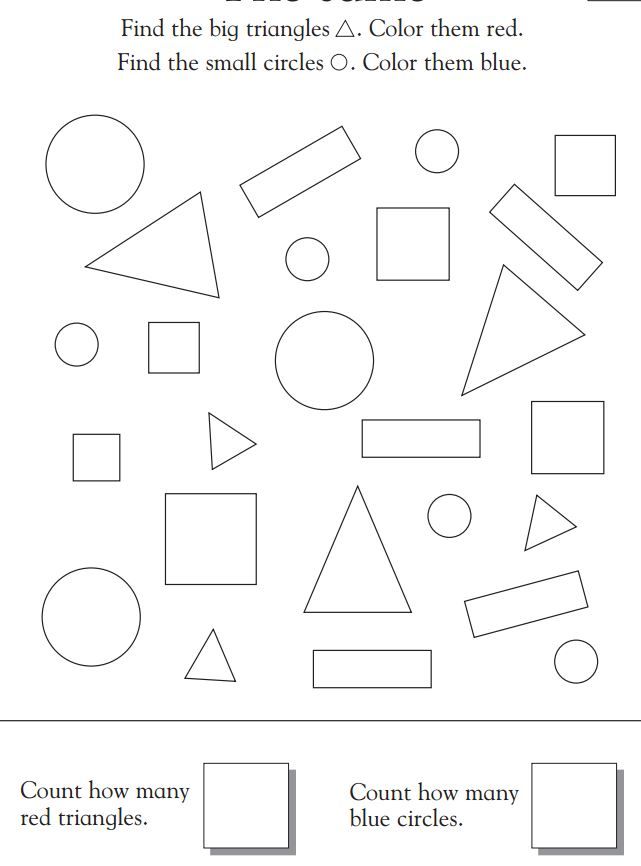
At first it seems that this is a lot of time, but, unfortunately, this is not so, many of this time is not enough. And therefore, it is necessary to spend as little time as possible on solving basic level tasks in order to have time to solve the maximum number of tasks. nine0003
And math life hacks can really help out in this situation. Knowing them can save you a lot of time.
The goal is to collect simple life hacks in mathematics that will save students time and make it easier for them to prepare for the exam at the basic and specialized levels.
Tasks:
- Examine the literature on the subject.
- Develop a guide with life hacks for the Unified State Examination in mathematics, both for the basic and for the profile level.
- Teach students how to solve tasks from the Unified State Examination using the collected life hacks. nine0020
- To study the effectiveness of the developed life hacks in preparing 11-graders for the Unified State Examination in mathematics at the basic and profile levels.
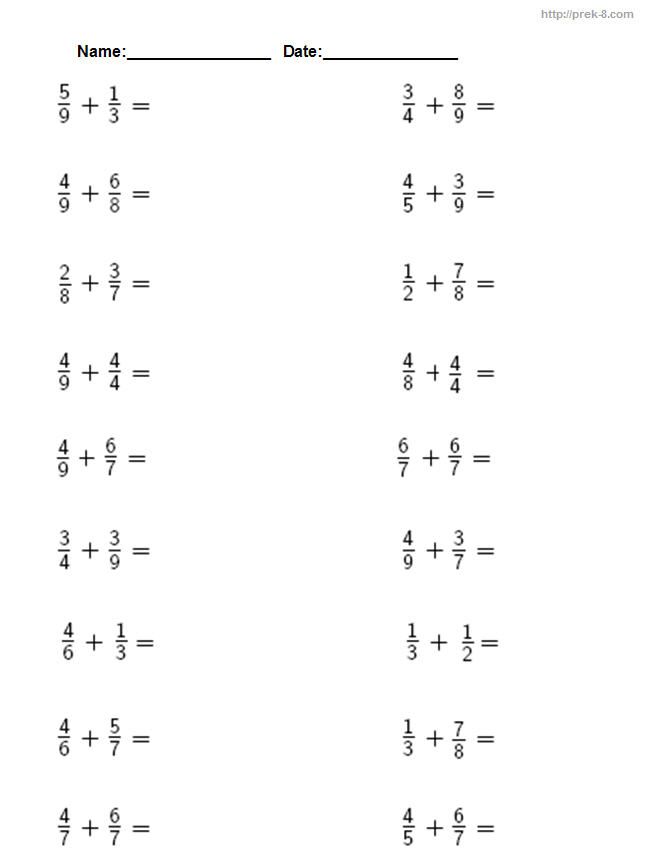
The object of the study is life hacks for preparing 11-graders for the Unified State Examination in mathematics at the basic and profile levels.
The subject of the research is the effectiveness of life hacks for preparing 11-graders for the Unified State Examination in mathematics at the basic and profile levels.
Hypothesis - the life hacks we have collected in mathematics will save students time and simplify their preparation for the exam, both basic and specialized levels. nine0003
From the history of the word "Lifehack"
From the English language "lifehack" the word life hack is translated as "hacking life". In everyday life, he appeared in the 2006th year. And now on the Internet it is easy to find a large number of different blogs, websites, forums, which present a variety of life hacks.
But to better understand the question of our study, let's turn to the history of the question "What is a life hack?"
The first words were first used in the USA, where they were recognized as the most useful - there are a lot of videos on the Internet devoted to tricks and new simple ideas, there are "life hacks" in any area of life.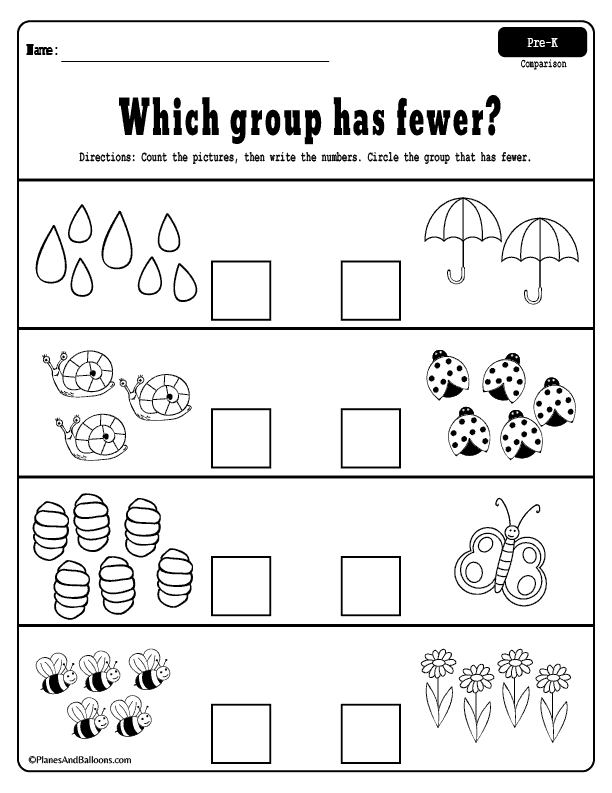 nine0003
nine0003
It all started with programmers, in the 80s during the development of IT technologies - developers tried to simplify the use of technology as much as possible and remove most of the tasks from a person, then the term "hack" appeared - this is the name for a fast and reliable way to solve problems. The words "hack" (hack) and "hacker" (cracker) have the same roots.
Later, “life” (life) was added to the word, and the phrase began to be translated literally - “hacking life”. At first it was used only in relation to those human problems that were solved with the help of a computer or other technology, and then they began to use it in everyday life. nine0003
After all, all life hacks are aimed at getting around the difficulties and inconveniences that haunt us every day - they solve the problem of old things (they can be used in a new way), they help save time (for example, when applying makeup). So it turns out that using a “life hack”, a person “hacks” the life program and bypasses the problem in a shorter way.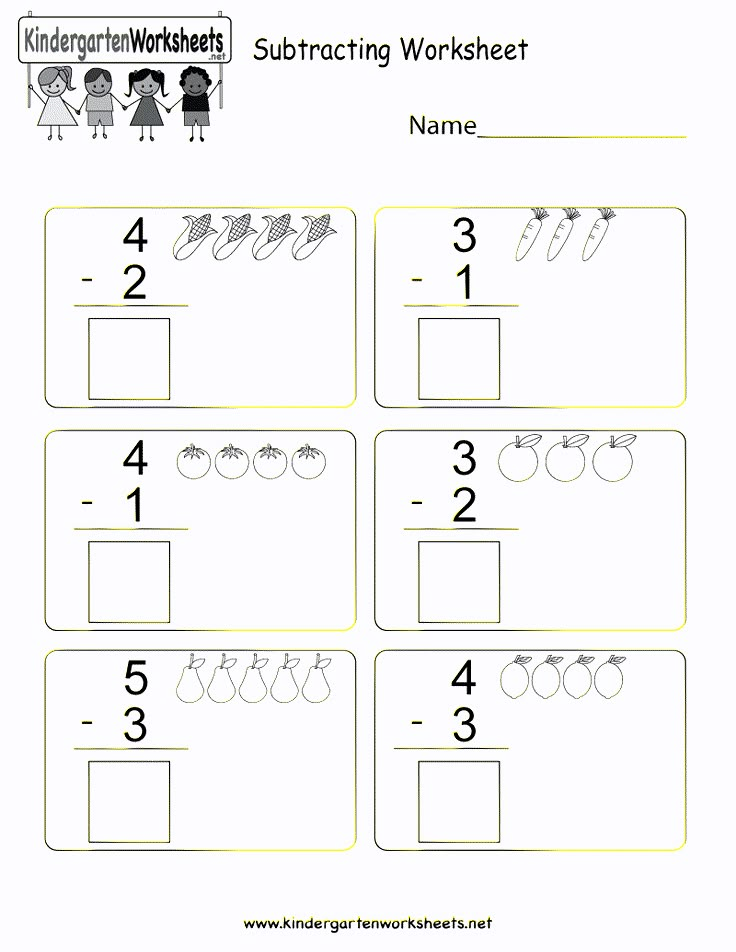
Overview of sources used in the work
The history of the issue is covered a little on the pages of modern encyclopedias, for example, Wikipedia, as well as in the articles of some modern magazines and on many sites on the Internet. nine0003
The article “Lifehack: a review of the main and most popular examples of lifehacks” on the StyleNews magazine portal seemed to be the most interesting. From where we learn that initially life hacks helped to improve the work of only programmers.
And in 2004, British journalist Danny O'Brien suggested using the term "life hack" to solve everyday problems. Seven years later, the word "lifehack" could be seen on the web pages of the Oxford Dictionary.
This topic was also covered in the 21st century Internet finance Wikipedia WikiFin. In the article “Life hack - what is it in simple words, useful life hacks”, the author believes that the hosts of the TV shows “Crazy Hands” - Timur Borisovich Kizyakov and Andrey Aleksandrovich Bakhmetyev - are the first life hackers in the post-Soviet space.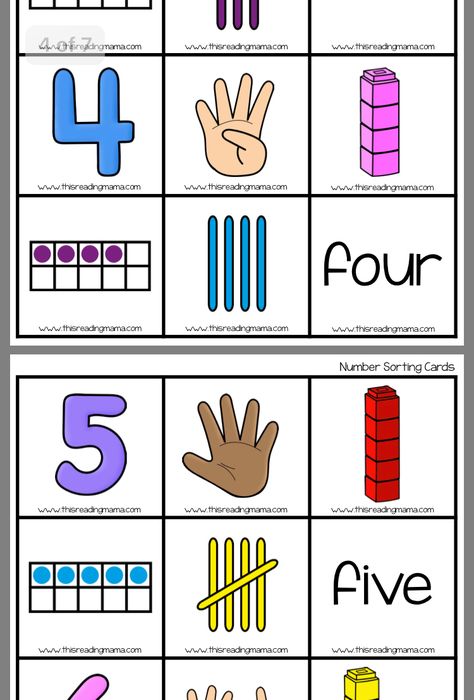 nine0003
nine0003
They invented and created interesting gadgets, showed tricks, found completely unexpected solutions for various everyday tasks. ”, in which she selected the distinctive features of a useful and working life hack, as well as their varieties.
There is a lot of material on this topic on the Internet, in modern magazines, and in TV shows you can often hear about another life hack. nine0003
But still, this topic has not been fully studied, since the material is mostly presented in a practical form, it is actively developing in a new direction of life hacking and, judging by the demand, such a tool will be in demand for a very long time.
"Life hack" in mathematics
As for the question of life hacks in the field of mathematics, from the definition we can attribute to them those techniques and non-standard ways of solving mathematical problems that help us quickly and easily perform calculations or simplify the process of solving a problem .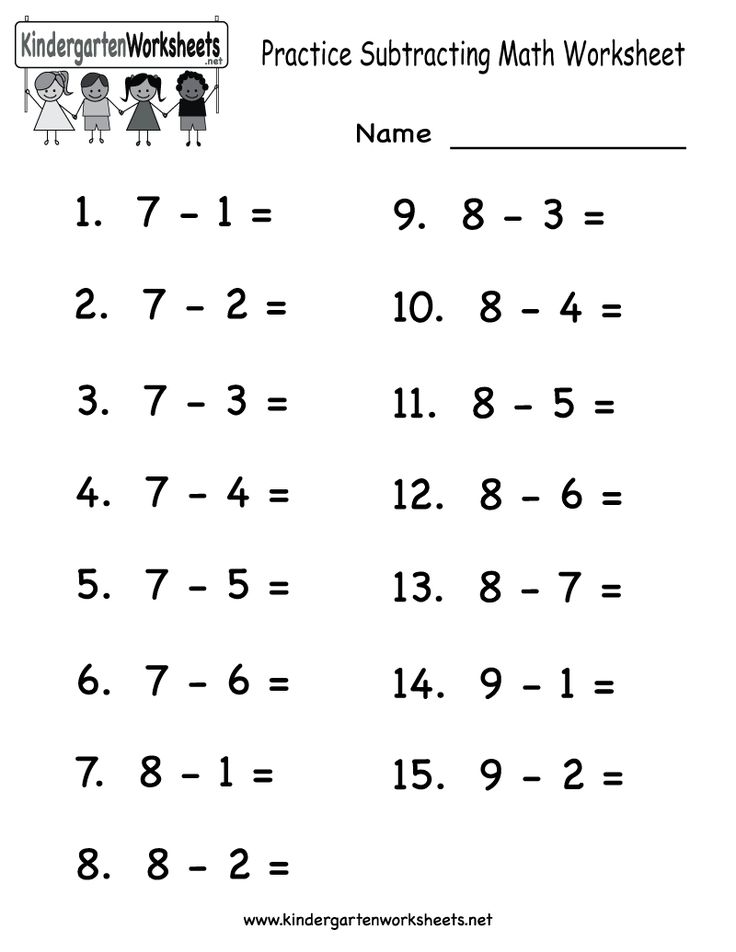 nine0003
nine0003
And due to the demand for a new trend of life hacking, as well as the difficulty in understanding some concepts of the school mathematics course, creative teachers, as well as former graduates of 100 balniks (or close to them), active students of mathematical universities begin to search, make and broadcast various life hacks, to help students prepare for exams.
A search for this information on the Internet shows that one of the first such teachers is Avkhadiev Ilyas Ildarovich (a mathematics teacher at the gymnasium-boarding school No. 4 of the Kirovsky district of Kazan). nine0003
In the onlyege.ru school project, he talked about four life hacks in mathematics: Pythagorean triples; "good" right-angled triangles, to see the proportion and tasks solved by "sweets". Life hacks are becoming widespread in online schools.
Interesting life hacks are presented by a student of the Far Eastern Federal University and part-time teacher of one of these schools, Veronika Brodskaya. Perhaps some will see in them old non-standard methods for solving mathematical problems, but now they acquire a different sound and color. nine0003
Perhaps some will see in them old non-standard methods for solving mathematical problems, but now they acquire a different sound and color. nine0003
Description of the conceptual apparatus
The key concept for our project is the word "lifehack". It comes from 2 English words. One of which is “life” (literally “life”) and “hack” (respectively, “hacking”). All together can be defined as a hack of life.
On the official website of Wikipedia, we found the following definition of the term “Life hacking (from life hacking, English life hacking) - means “tricks of life”, “folk wisdom” or useful advice that helps to solve everyday problems, thereby saving time. nine0003
This is a set of methods and techniques for "hacking" the surrounding life to simplify the process of achieving your goals with the help of various useful tips and tricky tricks. Usually a life hacker does not create new techniques, but masters existing ones.
The closest Russian equivalents are “savvy”, “recipe”, “find”.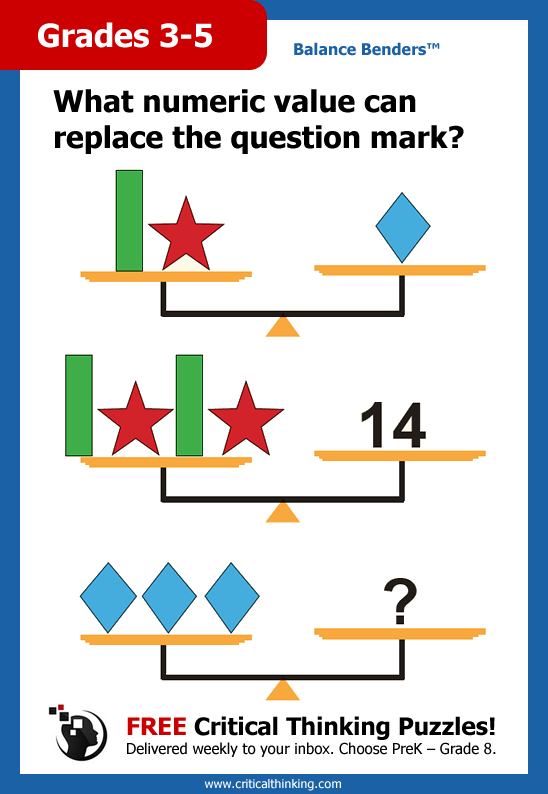 In 2006, lifehack was named one of the most useful words by the American Dialect Society.
In 2006, lifehack was named one of the most useful words by the American Dialect Society.
Another term that we often come across is the word “lifehacking”. The Passion.ru website offers such a definition of it - "this is a large number of blogs, individual sites and other Internet resources on which users post their life hacks - tips and life tricks." nine0003
On the web pages of the Oxford Learner's dictionaries, the term lifehack means: firstly, "a strategy or technique that you use to better manage your time and daily activities", and secondly, "a useful site that offers good life hacks to make better use of your time and your technology.”
In the StyleNews magazine, “life hacking is a kind of recommendations, working instructions, proven tips, certain methods and strategies. They should be adopted by anyone who wants to effectively manage not only their own time, but also numerous everyday tasks. nine0003
Blogger Alice Lissa considers life hacking to be a fashionable trend for life optimization.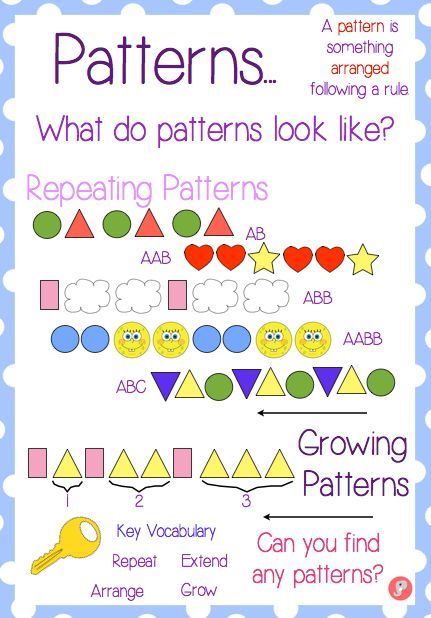 In her article, she defines the concept of life hacking as a recommendation, using which our life will become a little easier.
In her article, she defines the concept of life hacking as a recommendation, using which our life will become a little easier.
Life hack is actual wisdom in a new way or useful life advice.
All concepts are similar, and boil down to the fact that this is a useful tip for solving some problem (from different fields of activity), which should definitely save your time and be easy to use. In our work, we will adhere to such an understanding of life hacking. nine0031
Practical part
The product of this project was the reference book "Life hacks for the exam in mathematics".
It is a small A5 book printed on white office paper. When creating it, materials such as threads, a needle, scissors, a binder, lining boards and paper were used.
The contents of the guide were printed in Microsoft Word and printed out on a digital printer.
The first page of the collection - the cover, consisting of the inscription "Life hacks in mathematics" and color pictures in the subject "Mathematics", "Life hacks", etc.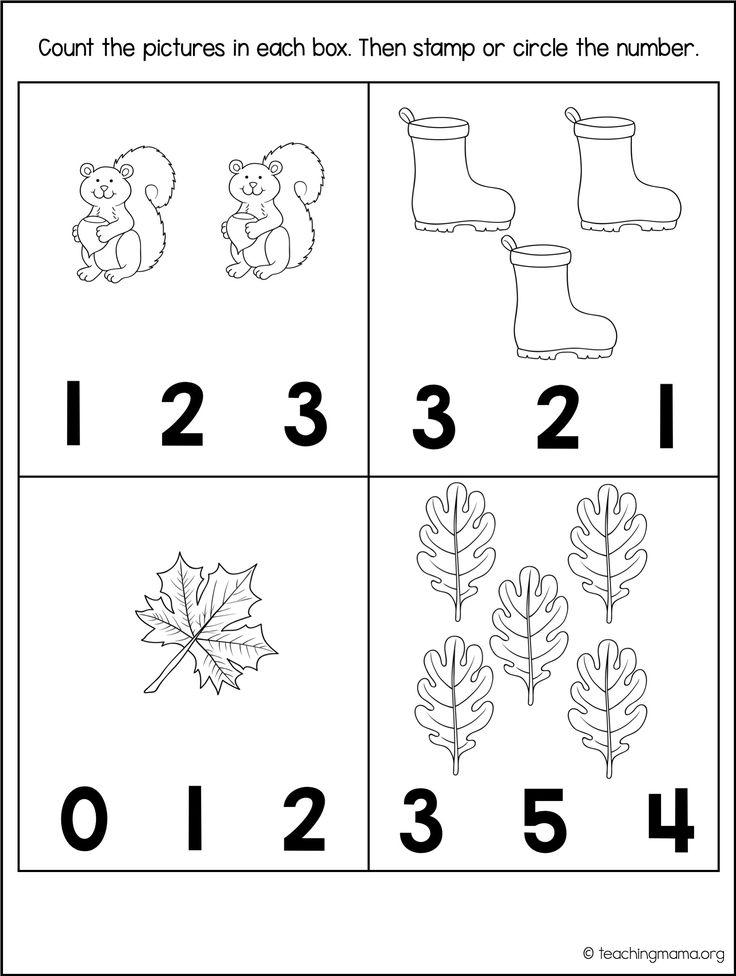 nine0031 On the second page - an introduction, which describes information about the guide and a message to the reader.
nine0031 On the second page - an introduction, which describes information about the guide and a message to the reader.
The following pages describe tricks and life hacks.
Each heading of life is highlighted in color.
The following is a description of the application of the proposed techniques, as well as examples of tasks on this topic.
After describing each life hack, we arranged tasks for an independent solution to consolidate the material.
Check yourself pages with answers to the proposed tasks. In addition, at the end we have placed additional material - a number of useful mathematical life hacks that will be useful to any student. nine0003
The directory ends with a table of contents, its purpose is to quickly find the desired topic.
The handbook will be useful for graduates to prepare for the GIA in mathematics. Also, it can be suitable for students passing the OGE. Thanks to the described life hacks, students will be able to study and complete tasks such as those presented in the collection, more quickly and correctly.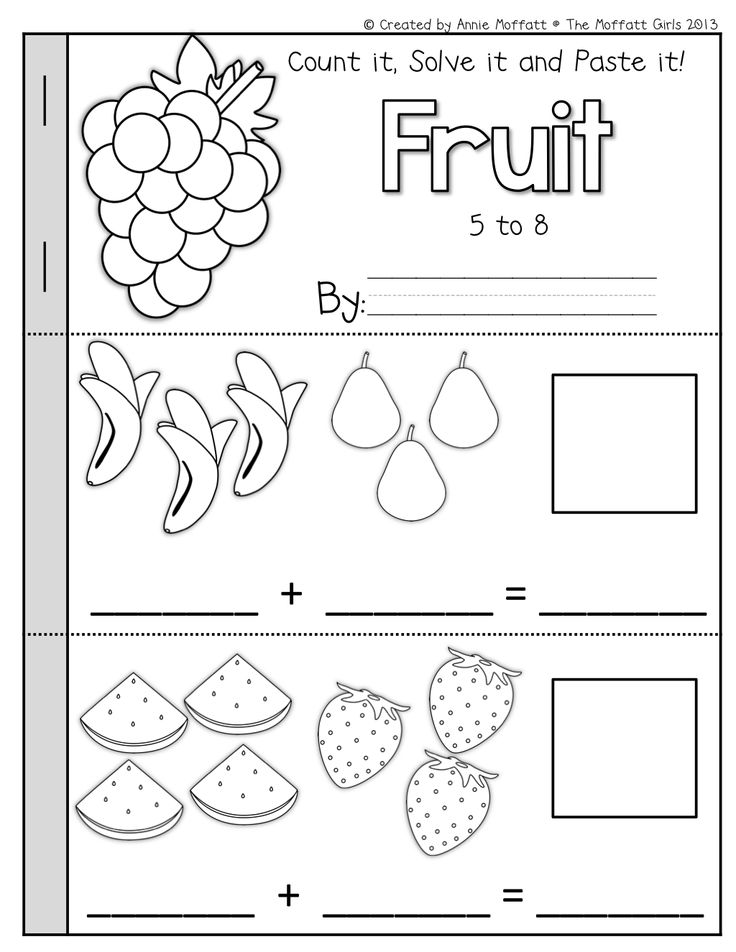
In the process of working on the project, the stages of work were determined and a plan for creating the project was drawn up, literature on this issue was studied, resources for creating the project were identified, a study was conducted to determine the effectiveness of the selected materials, and a sketch of the cover of the guide was created. nine0003
Work on creating the product of the project was carried out as follows:
- At the first stage, life hacks in mathematics were collected.
- At the second stage, we summarized all the collected material, selected life hacks for research and our experiment.
- At the third stage, a directory of life hacks was created with examples and tasks to consolidate the corresponding technique.
- At the fourth stage, we prepared a written report on the work done and prepared a presentation for the defense of the project. nine0020
After the creation of the product, a study was conducted, which involved students in grades 10 and 11.
First, the guys solved tasks from the USE options, based on their own knowledge, and noted the time for completing each task.
Then they worked through the product of the project - our handbook - and again solved similar tasks using the learned life hacks, also noting the time. After that, we checked all the work for the fidelity of execution.
Then an analysis of the work done was carried out. It turned out what we planned: the results of testing performed using the life hacks we proposed turned out to be better than the results of testing performed on the basis of our own knowledge, and the time spent on solving tasks turned out to be less and the correctness of execution became better. nine0003
Conclusion
Summing up the work done, we can conclude that the problem of passing the State Exam worries all students of the school, which means that you need to prepare for them by thoroughly studying core subjects, and at the same time learn to do it quickly, since only three hours and fifty are given for the exam five minutes.
The relevance of this project lies in the study of the possibility of life hacks for solving some tasks of the Unified State Examination.
We were given the task of reducing the time for completing certain tasks from the Unified State Examination in mathematics. nine0003
After studying websites and videos with life hacks on the Internet, we have collected the most suitable and effective ones (in our opinion) into a collection.
11th grade students solved the test on similar tasks, relying on their own knowledge. After that, our collection was studied by them, and on the basis of the knowledge already gained, they solved another series of similar tasks. According to the results of the study, we expected an increase in the number of correctly completed tasks and a decrease in the time spent on solving problems. This is exactly what we have achieved as a result of checking and counting the work. nine0003
Of course, not all life hacks were much more progressive than the students' own knowledge, but most of the tasks were solved faster and completed correctly.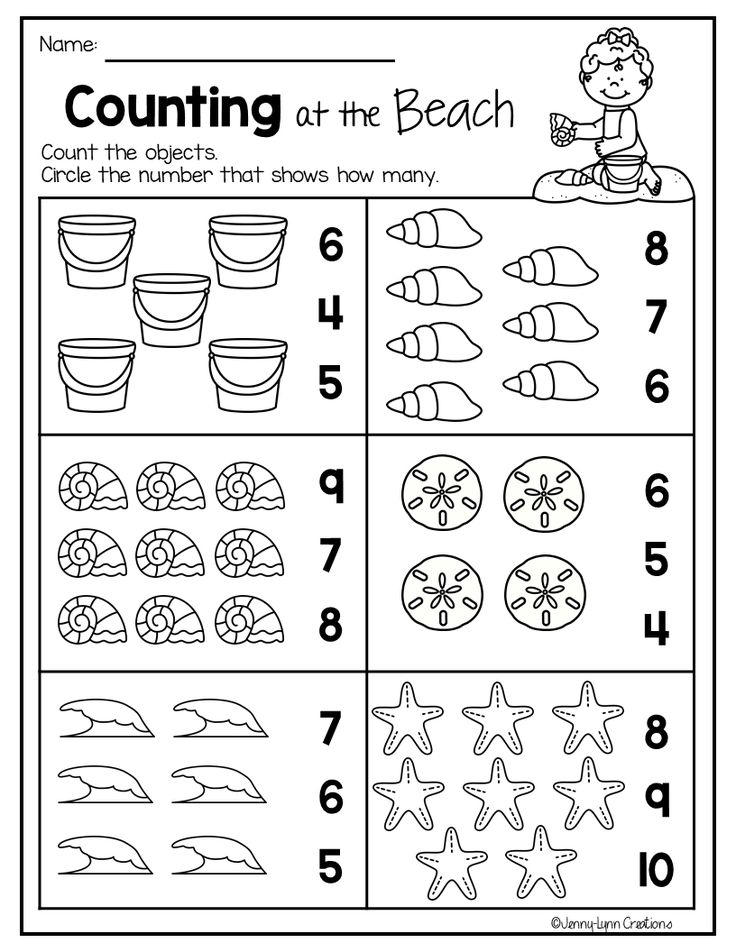 Thus, the goal is achieved, and the hypothesis is proved.
Thus, the goal is achieved, and the hypothesis is proved.
All of the above convinces us that when preparing for the exam, life hacks can be a good help. But it is worth noting that life hacks do not work on absolutely all tasks, and it is unlikely that it will be possible to apply them without basic mathematical knowledge.
In addition, they can only be used in tasks with a short answer; in tasks with a detailed answer, you must show a reasonable full solution and demonstrate the depth of your knowledge. Therefore, do not neglect the traditional ways of solving problems that we study at school. nine0031
List of used sources
- Mathematical life hacks [Electronic resource]
- History of life hacks [Electronic resource]
- What is a life hack [Electronic resource]
- TV show "Crazy Hands" [Electronic resource]
- Life hack "Square of a rectangle" [Electronic resource]
- Life hack "Pythagorean triples" [Electronic resource]
- Lifehack "Good" right triangles"[Electronic resource]
- Life hack "See the proportion" [Electronic resource]
- Lifehack "Tasks solved by "Vkusnyashki"" [Electronic resource]
Appendix 1
Initial sketch of the product
If you liked the page, share it on social networks:
Mathematics research projects | Creative projects and works of students
This section presents ready-made research and creative projects in mathematics students of 1st, 2nd, 3rd, 4th, 5th, 6th, 7th, 8th, 9th, 10th and 11th grades of the school.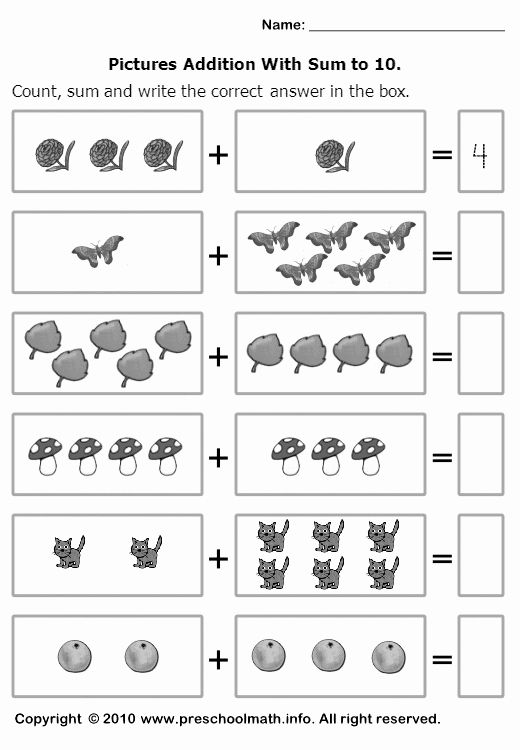 In creative projects and works in mathematics, tasks and assignments for numbers, fractions, time are considered; the definition of geometric shapes is given: circle, square, triangle, segment, straight line; the role of mathematics in the world is investigated, the definition of such concepts as figure, number, sign is given; mathematical riddles, sayings and proverbs are offered, the history of mathematics is being studied.
In creative projects and works in mathematics, tasks and assignments for numbers, fractions, time are considered; the definition of geometric shapes is given: circle, square, triangle, segment, straight line; the role of mathematics in the world is investigated, the definition of such concepts as figure, number, sign is given; mathematical riddles, sayings and proverbs are offered, the history of mathematics is being studied.
4 (1) five (2) 6 (four) 7 (four) 8 (five) nine(7) 10 (five) eleven (7)
Subject:
Mathematics
Author:
Yunia Kubryak
In an educational research project in mathematics on the topic "The Golden Ratio in Figure Skating", a student identifies the use of the Golden Ratio in figure skating.
Subject:
Mathematics
Author:
Kosorukova Maria
In the educational research work on mathematics on the topic "Great mathematicians and mathematical discoveries", theoretical information about great names and their discoveries in the field of mathematics was considered.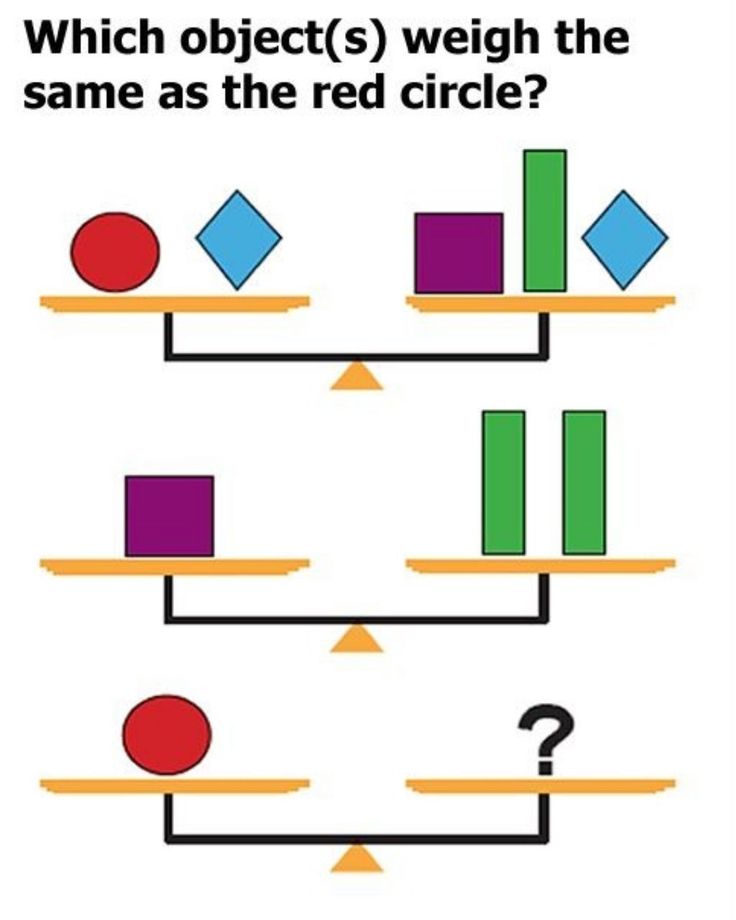
Subject:
Mathematics
Author:
Sairanov Eldan
Student mathematics project "Ordinary fractions in people's lives" gives a detailed description of the concept of fractions in mathematics, and also gives examples of the use of ordinary fractions in everyday life. nine0003
Subject:
Mathematics
Author:
Georgy Tverdokhlebov
, what ways to solve such a plan of tasks may appear in the near future.
nine0002 Subject:Mathematics
Author:
Anastasia Vlasyuk
Mathematics research project on the theme "Business plan for a poultry farm" considers a business plan for breeding chickens and selling eggs and poultry meat. The paper considers the methods of marketing, as well as the possible risks of such an enterprise.
Subject:
Mathematics
Author:
Tvorogova Alina Yurievna
In the educational research work on mathematics on the topic "Non-standard methods for solving equations and inequalities", the theory for solving equations and inequalities was considered, key concepts about how to solve equations were given.